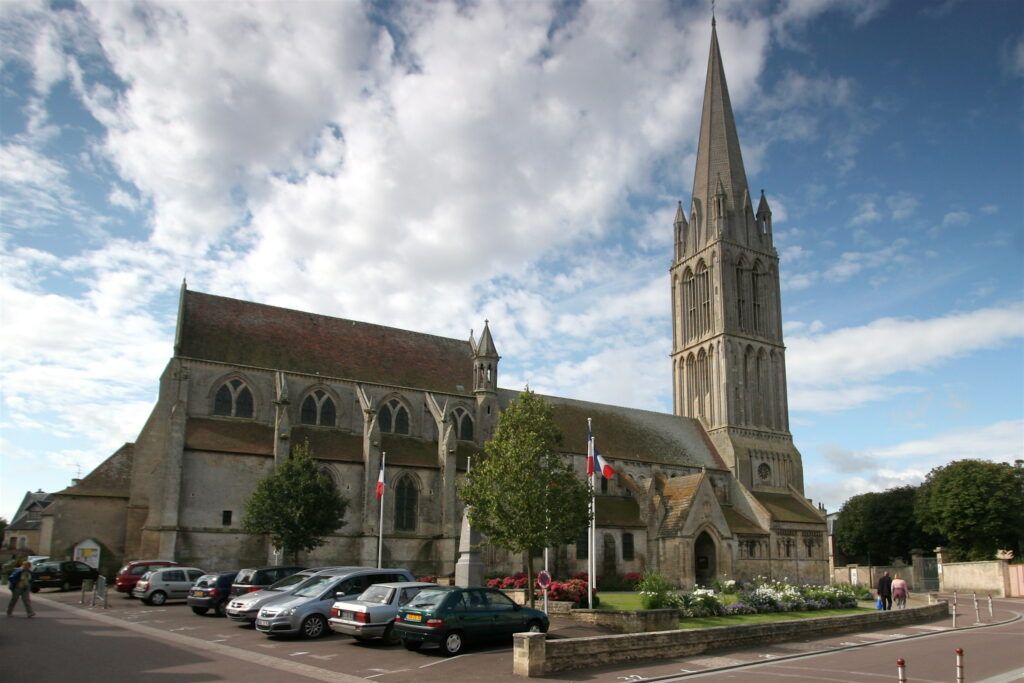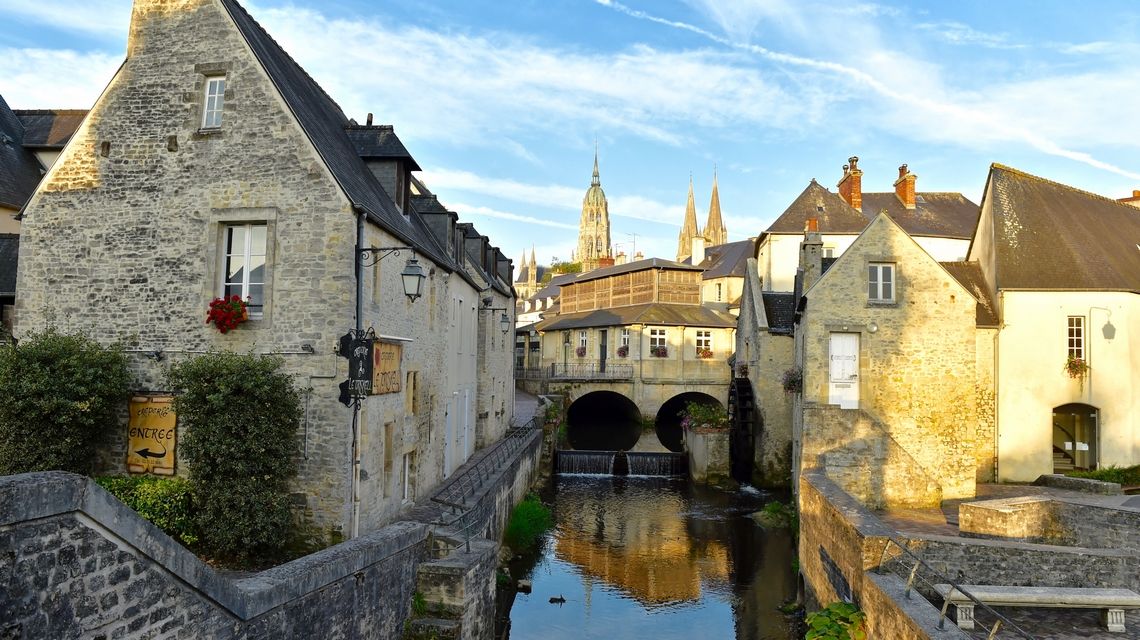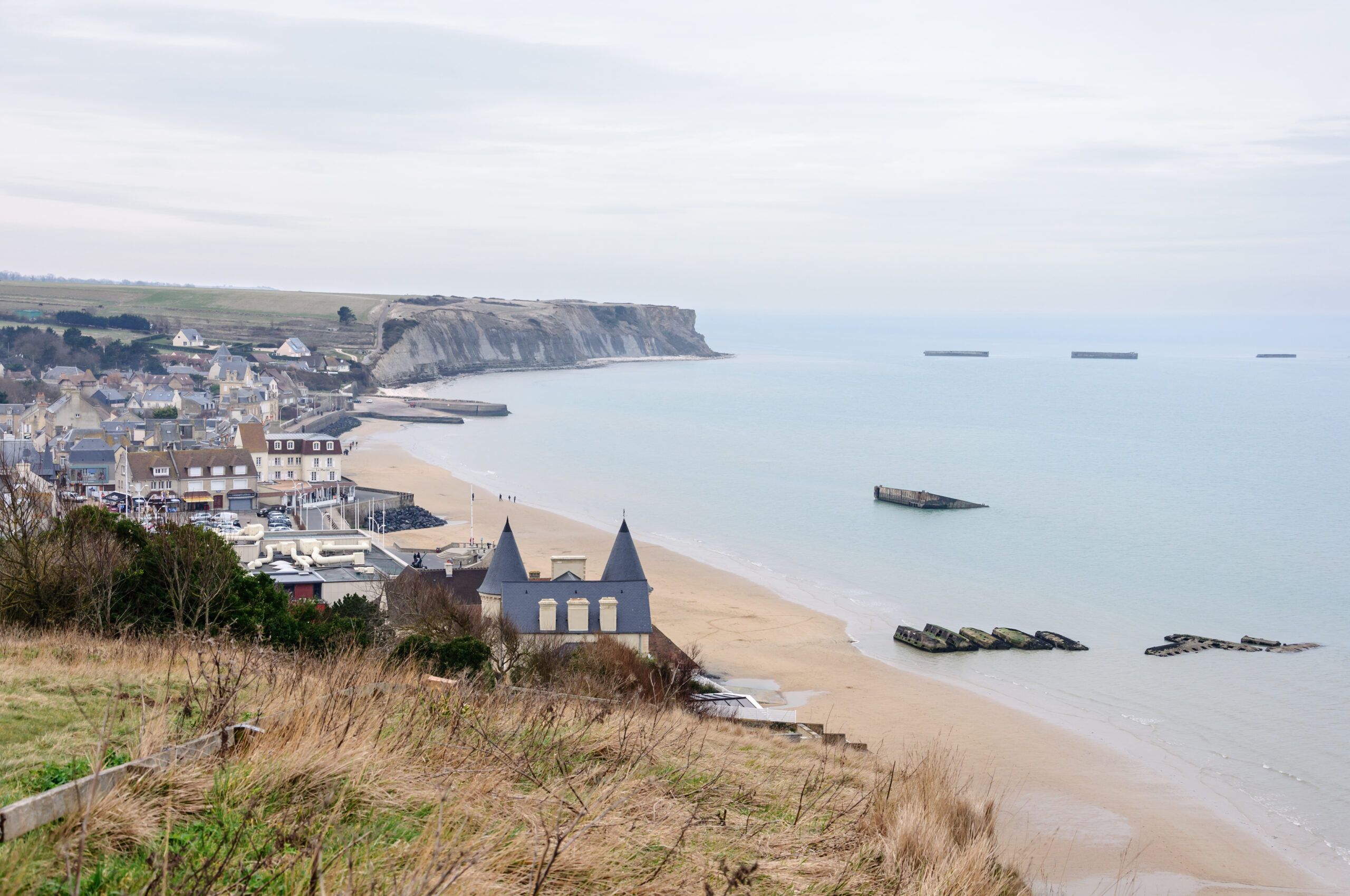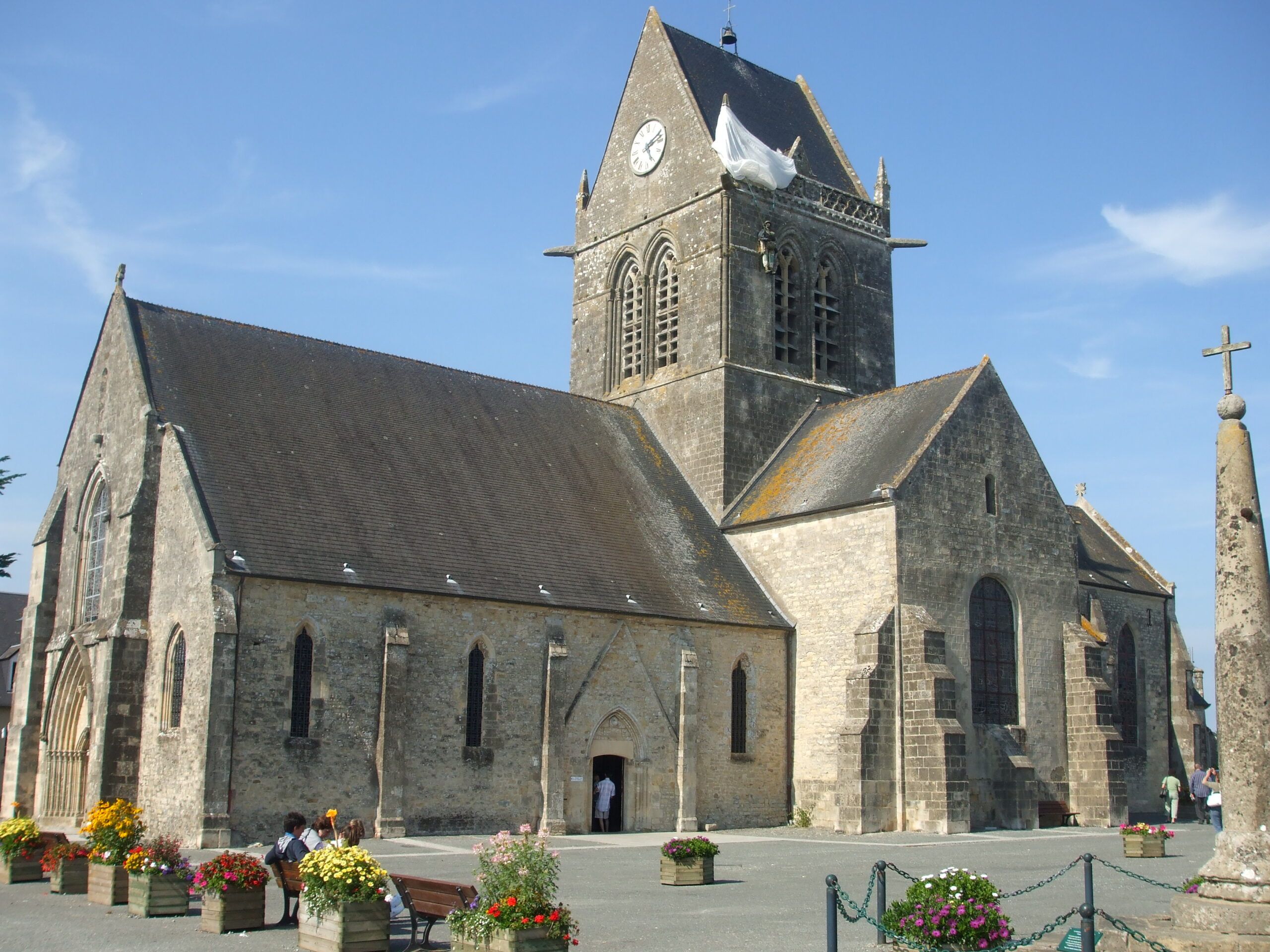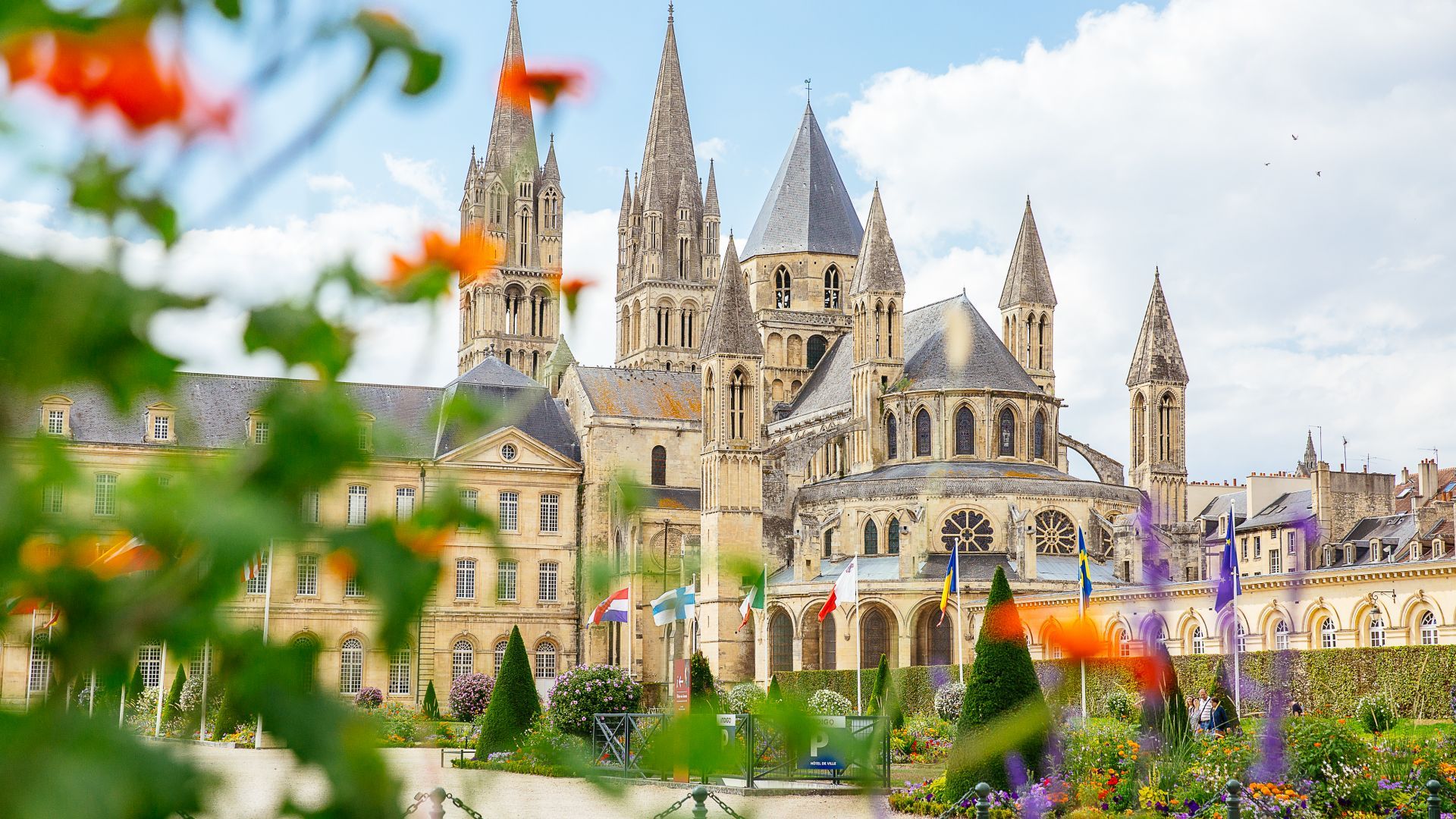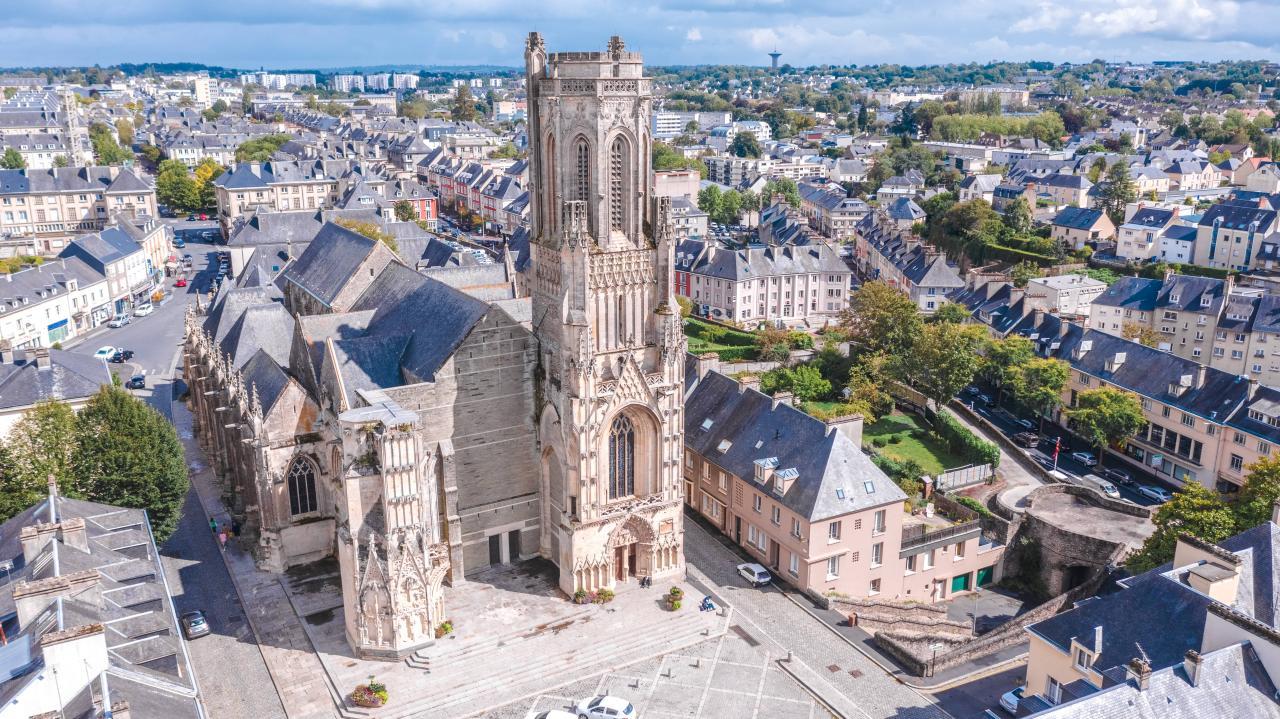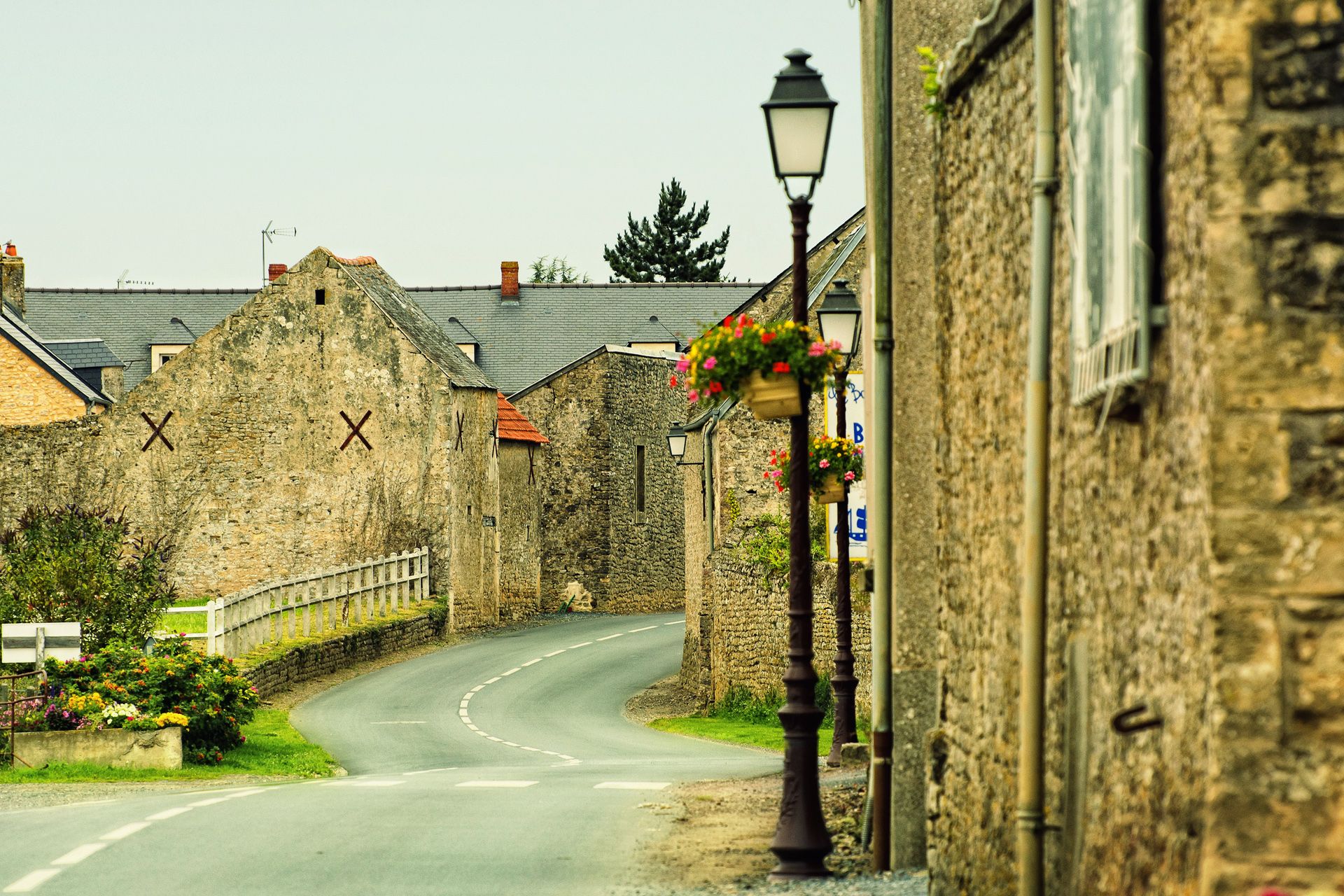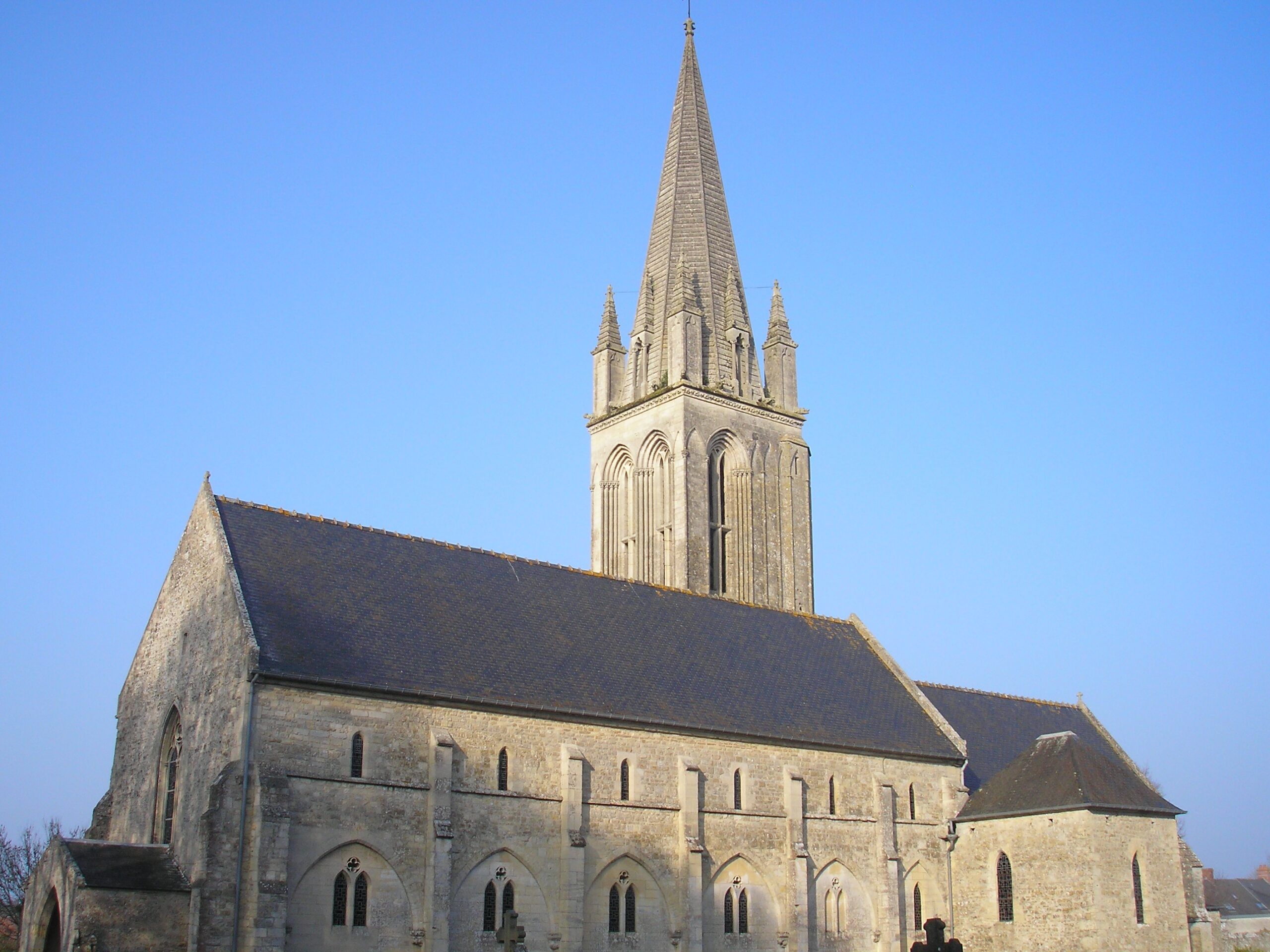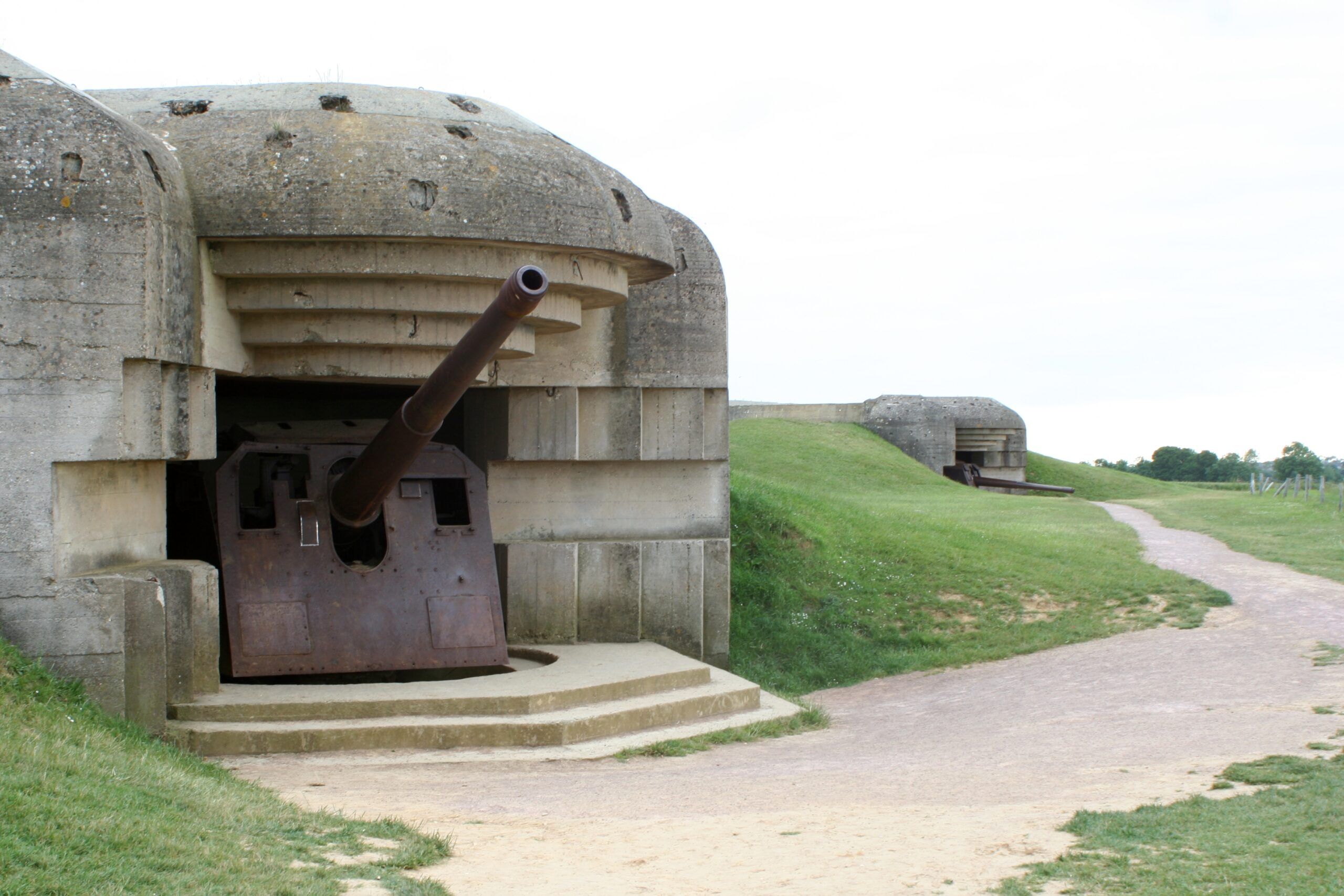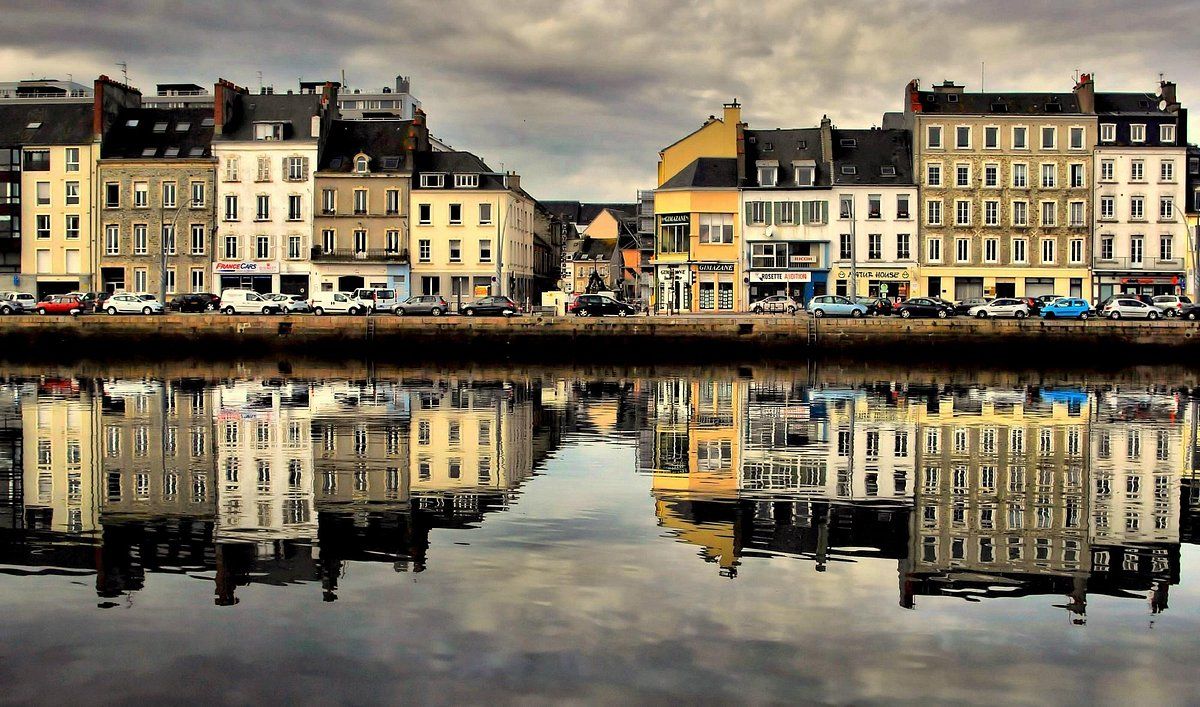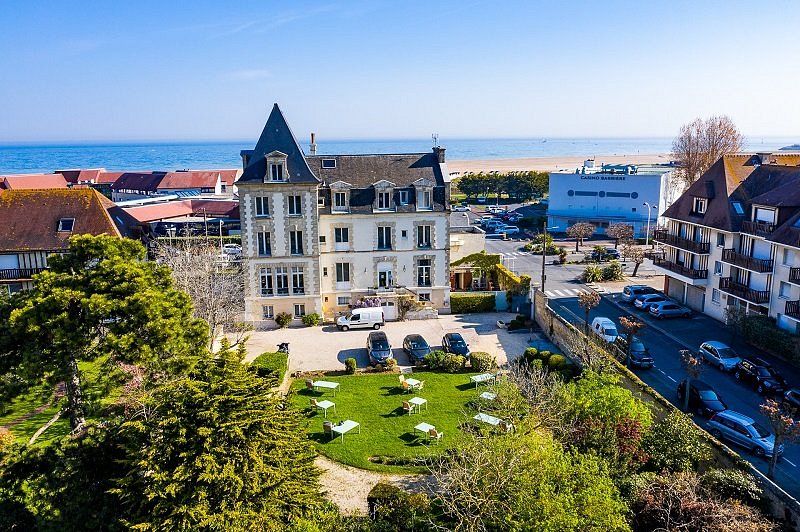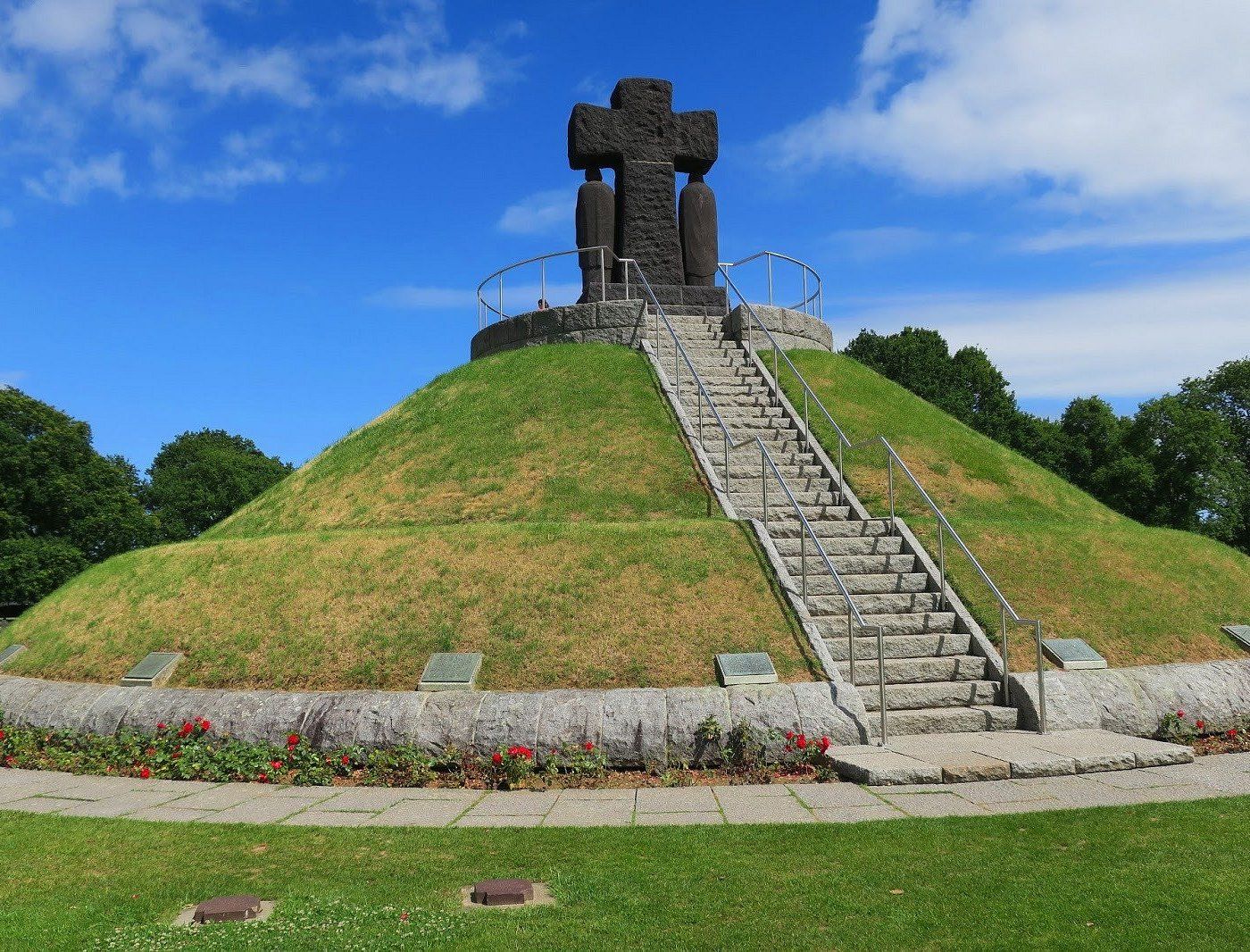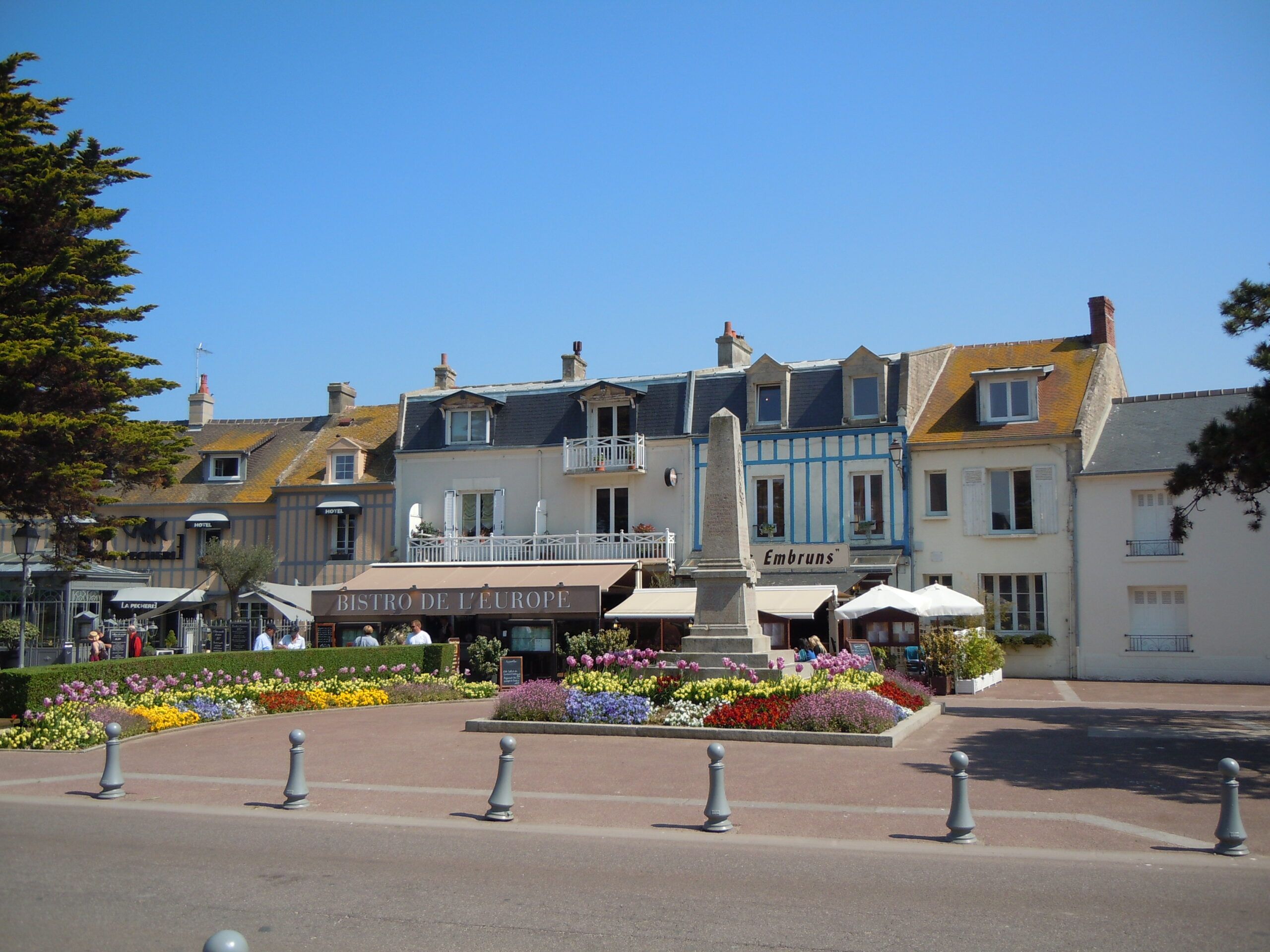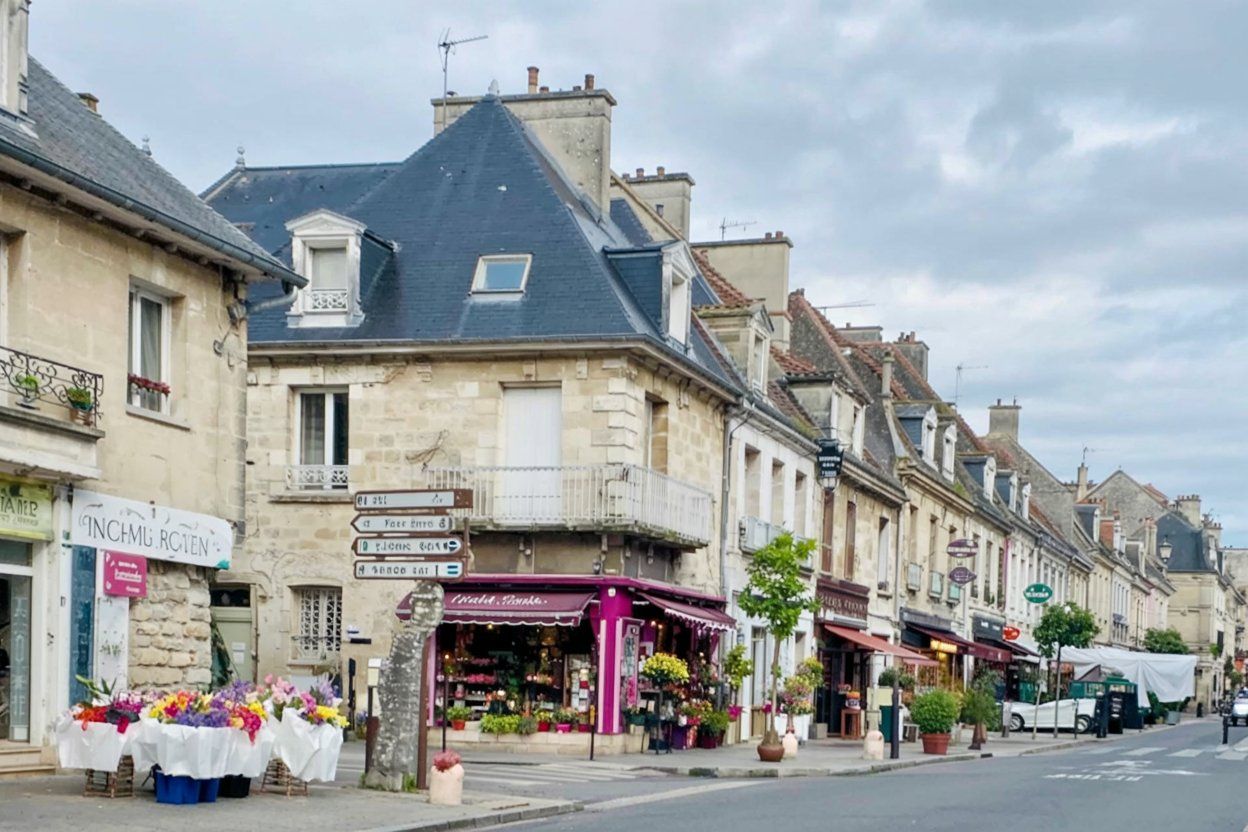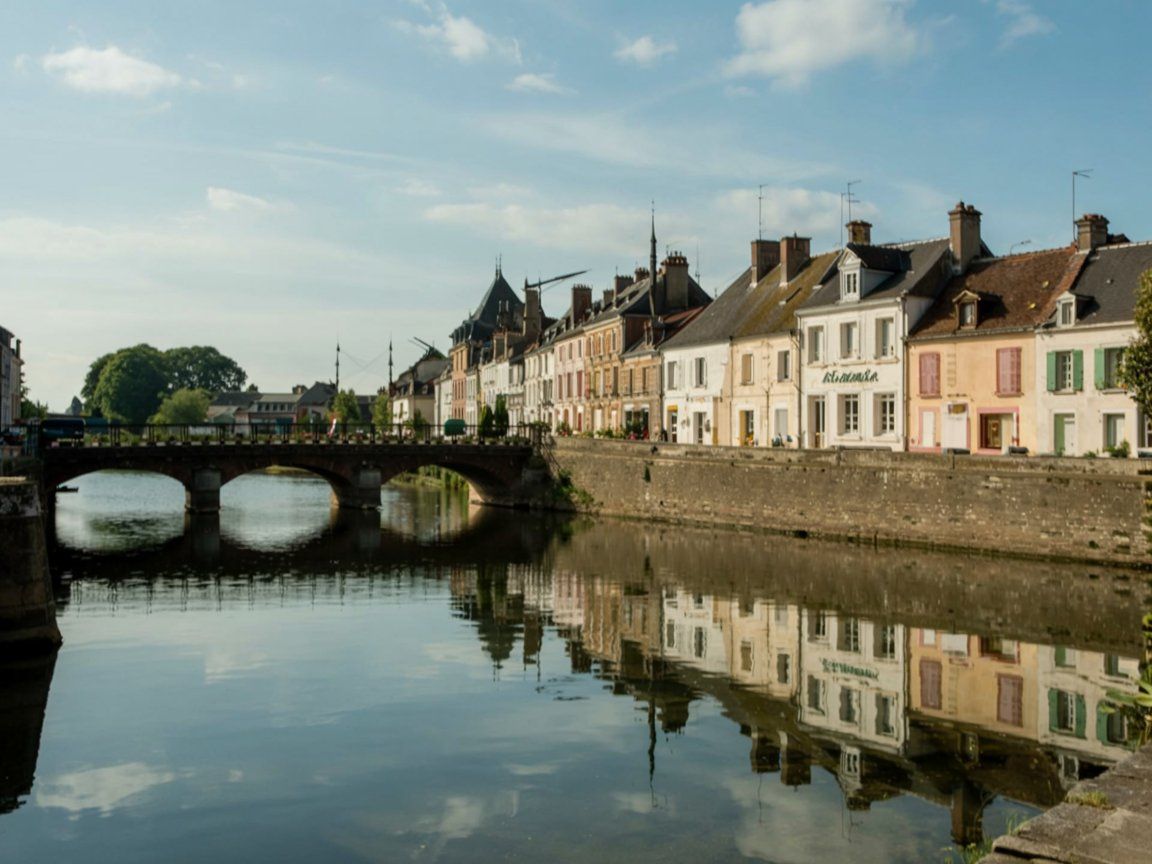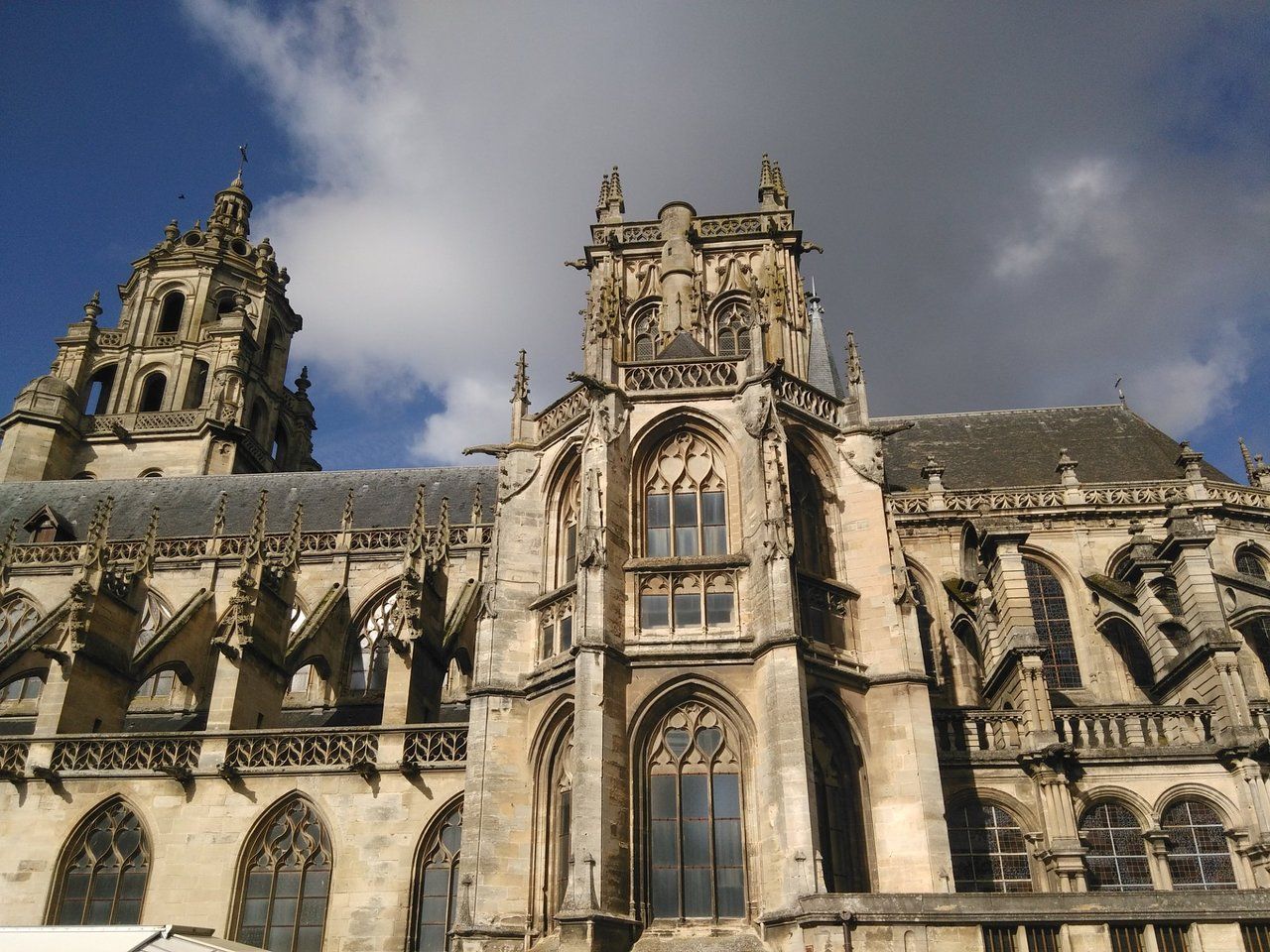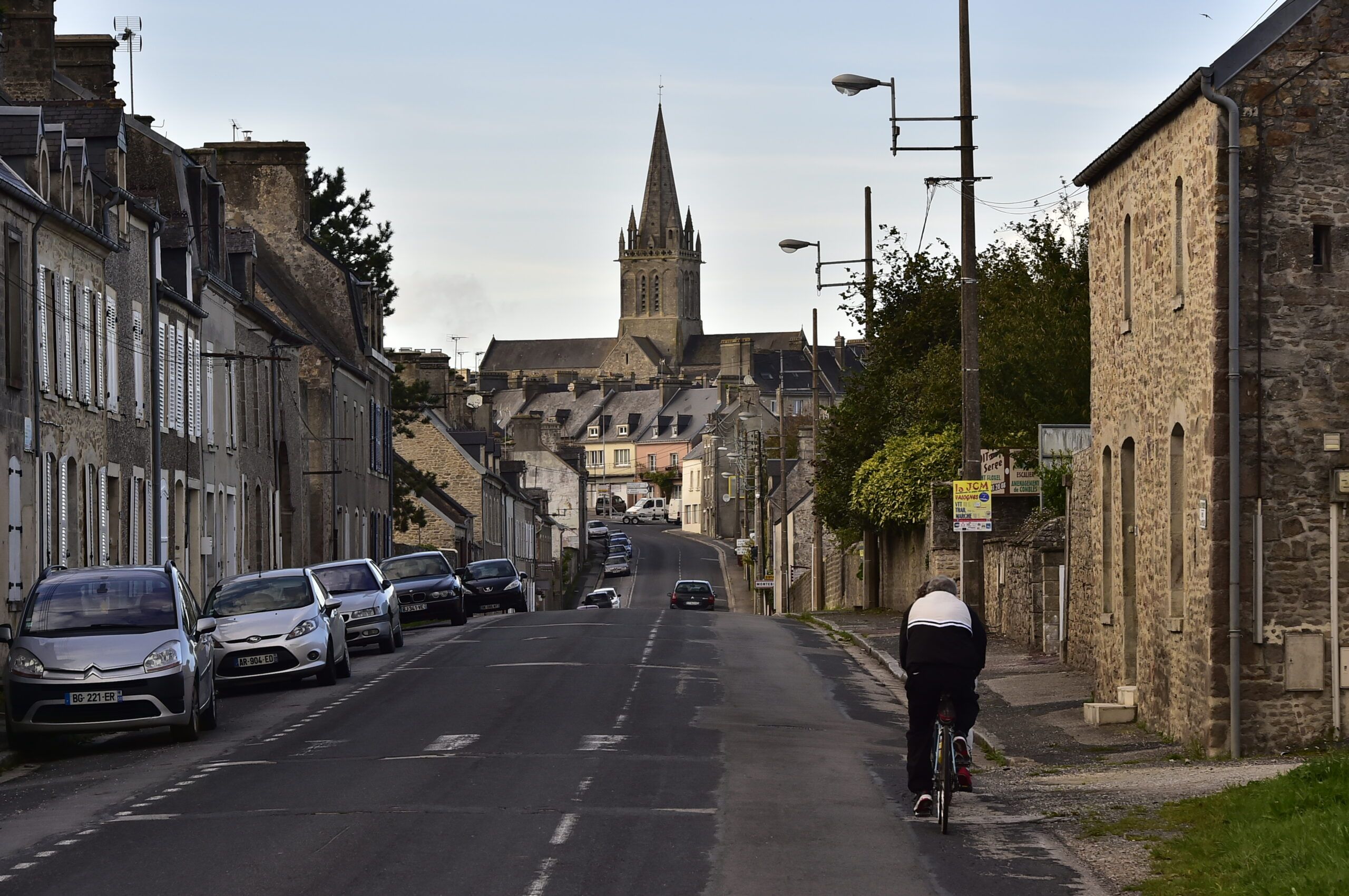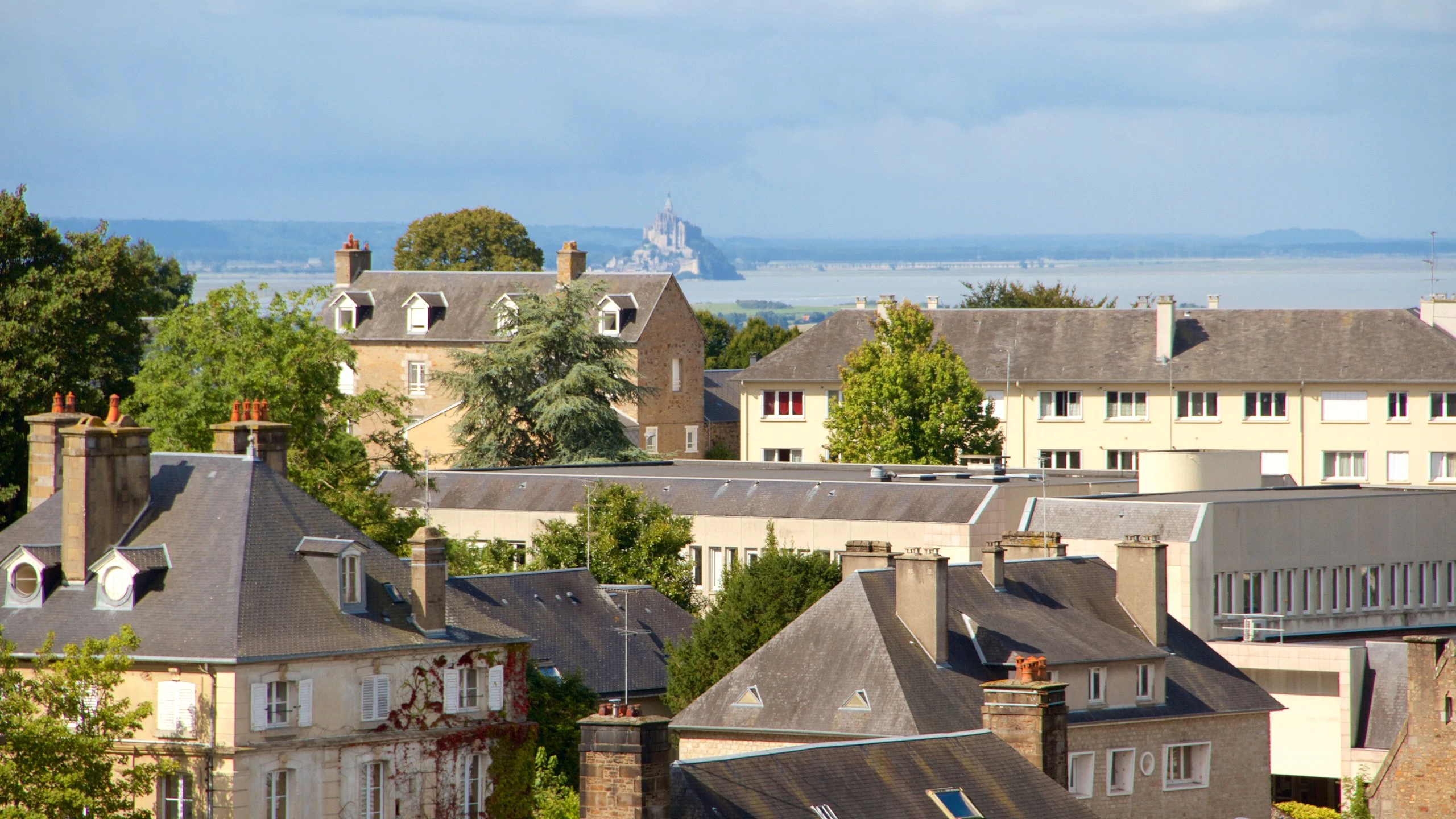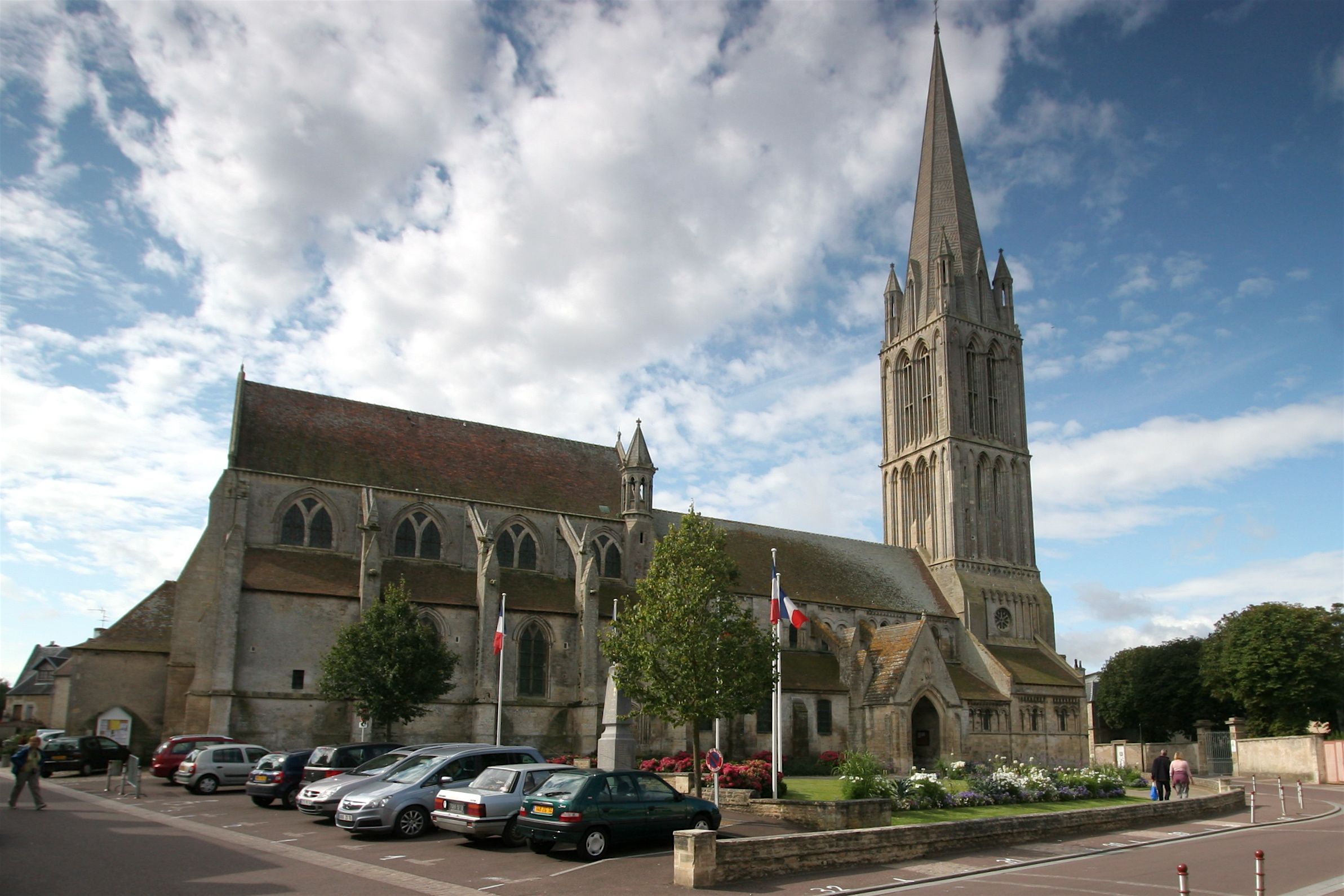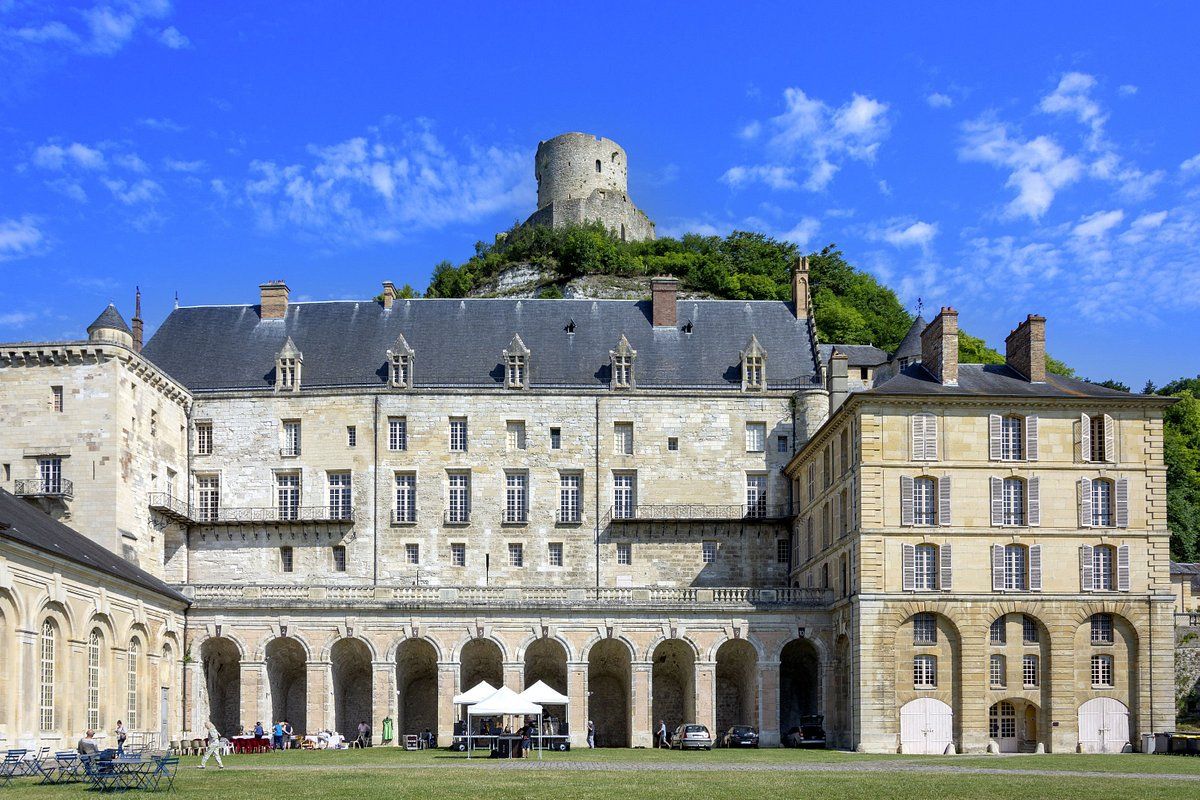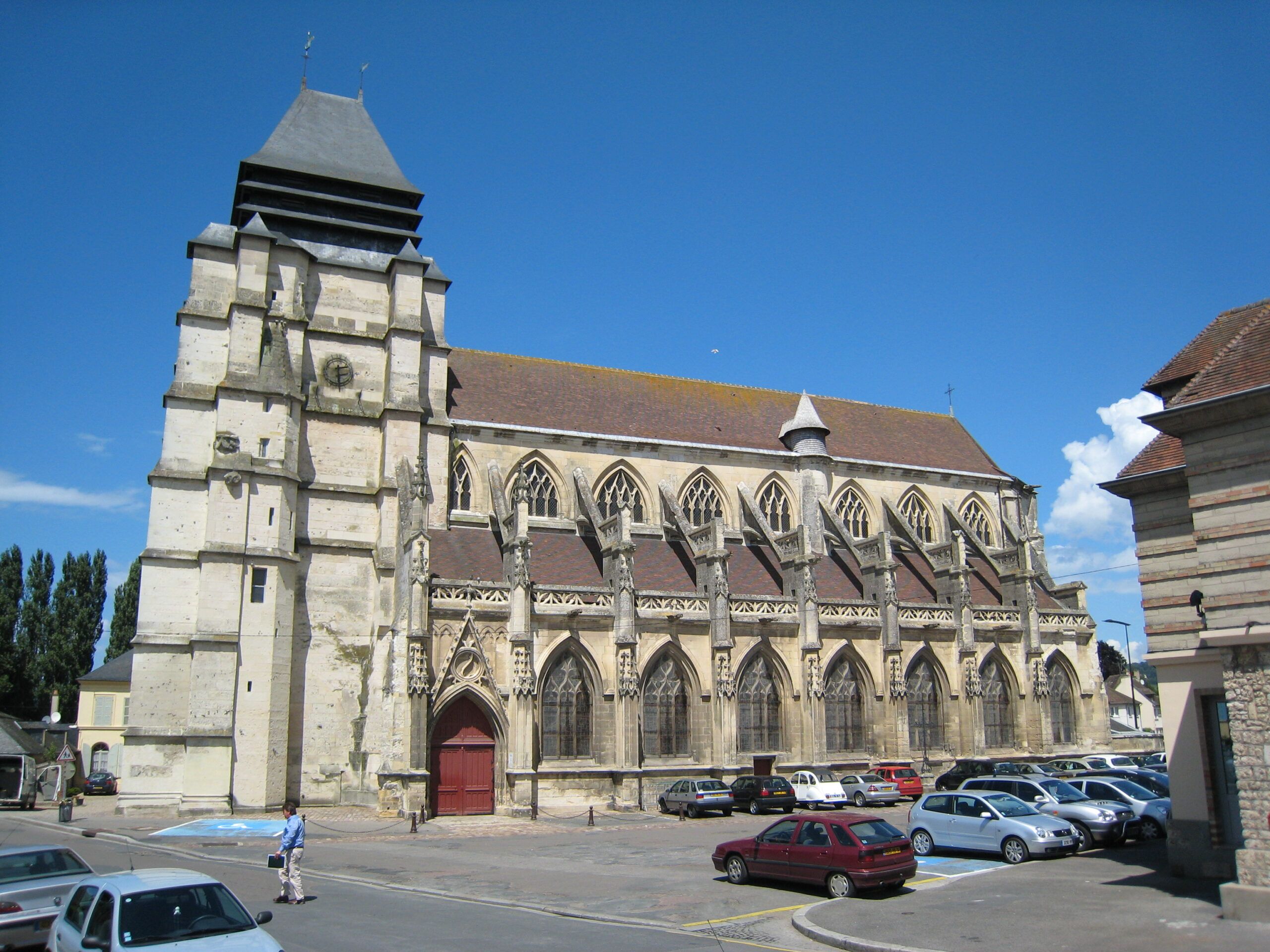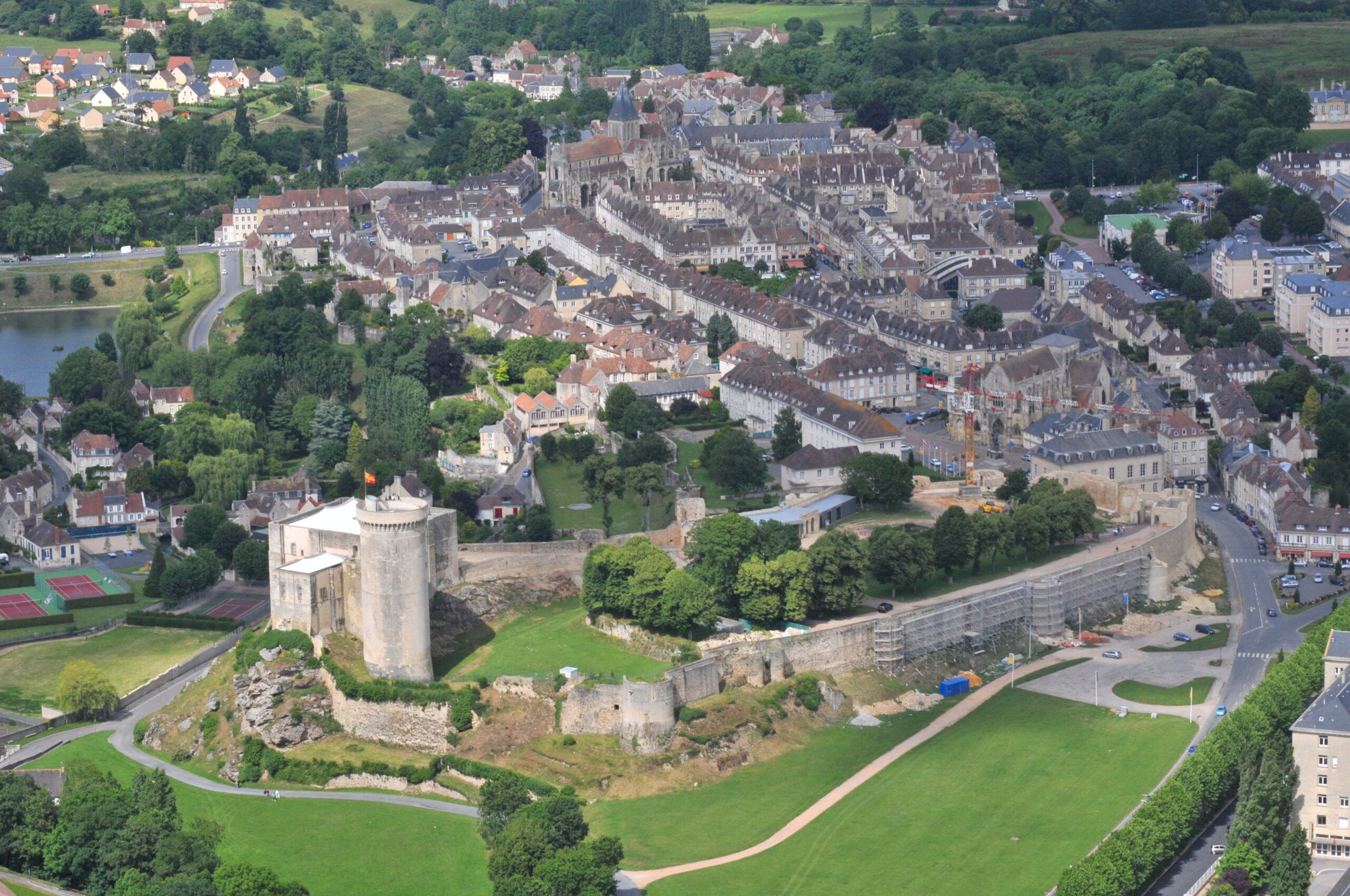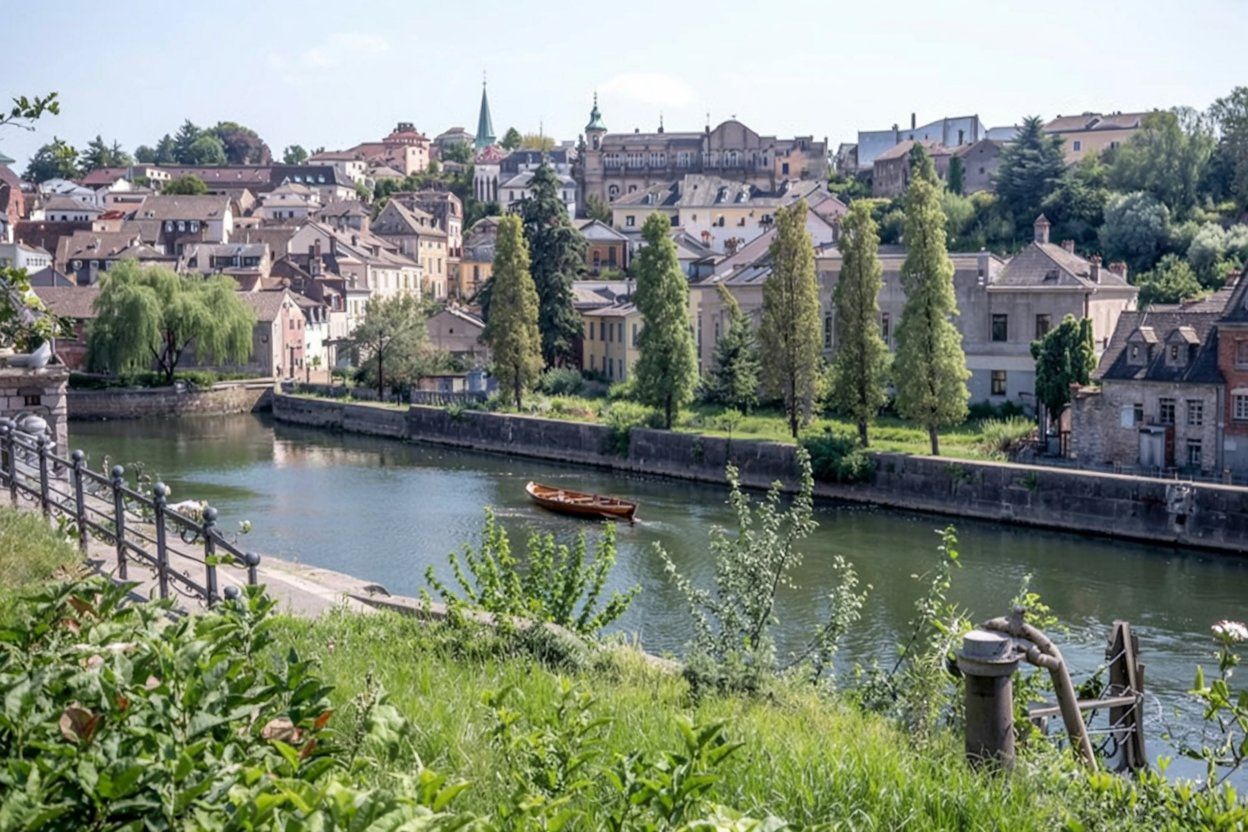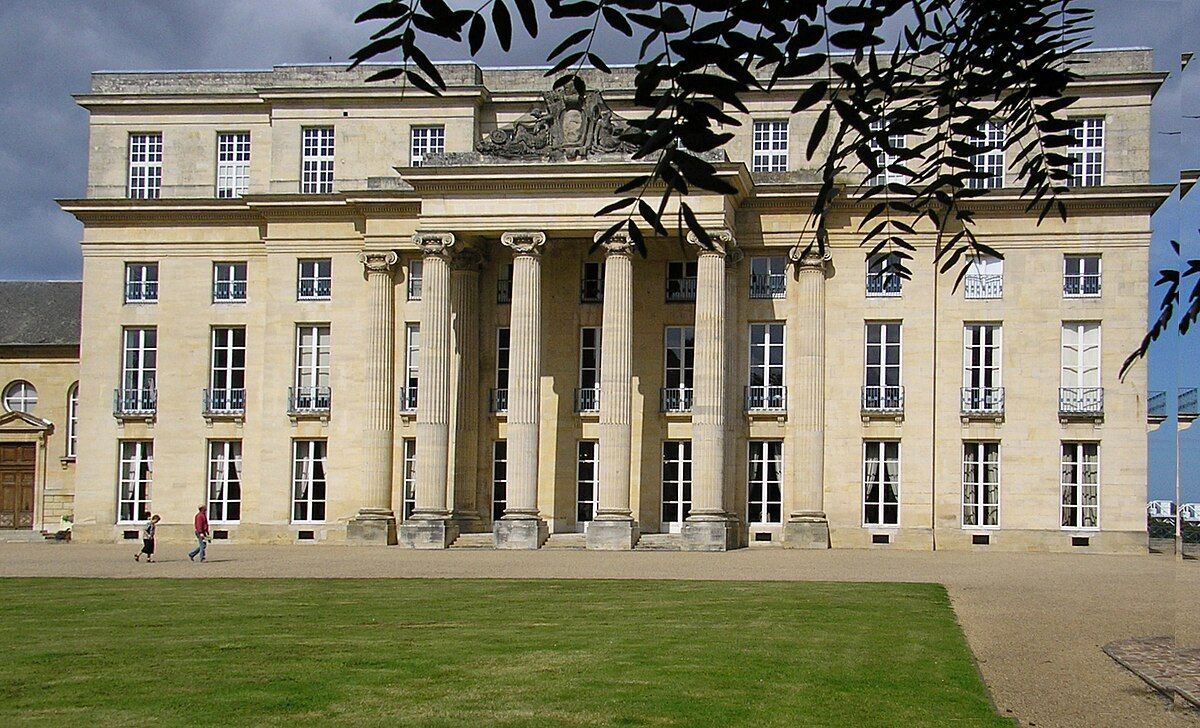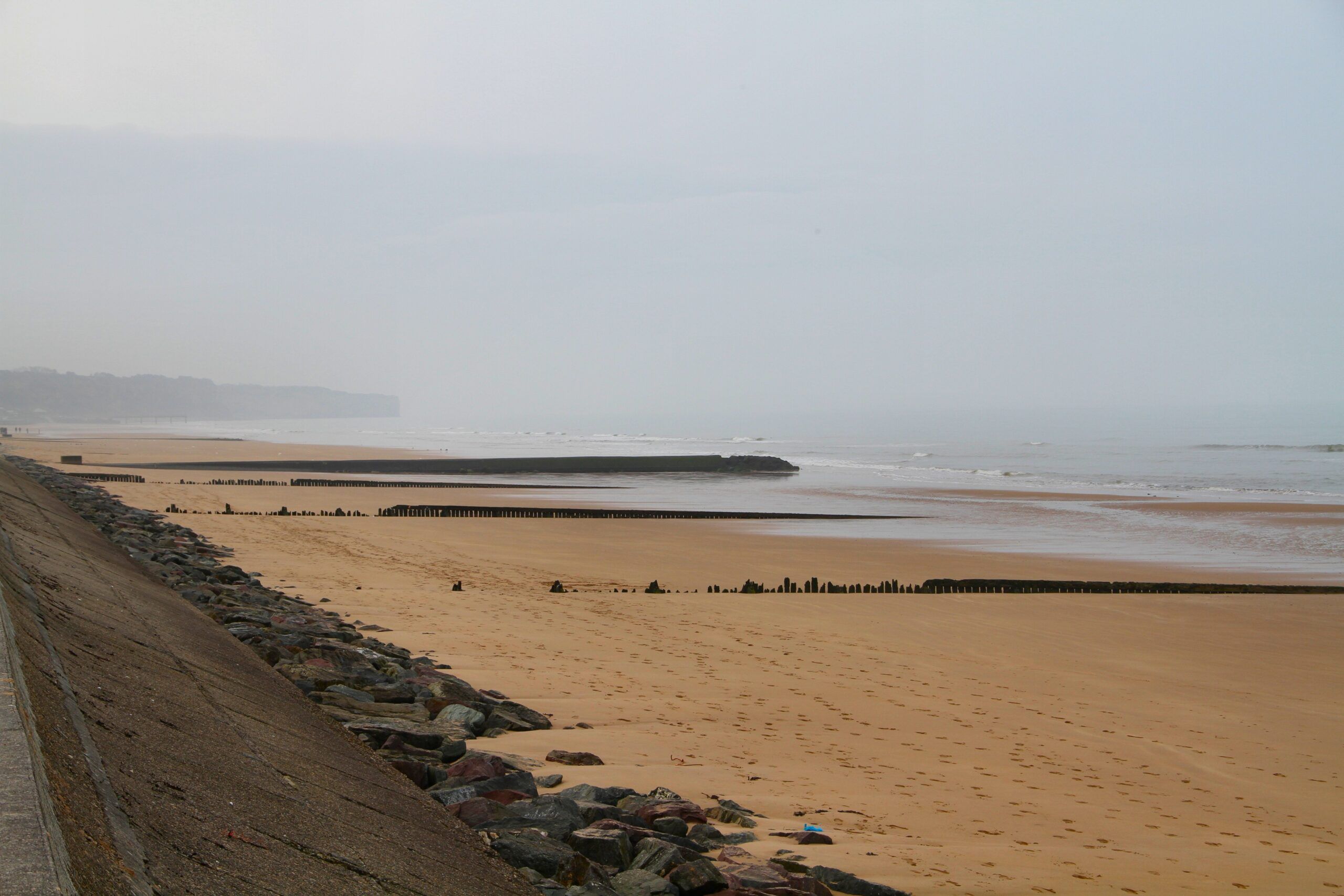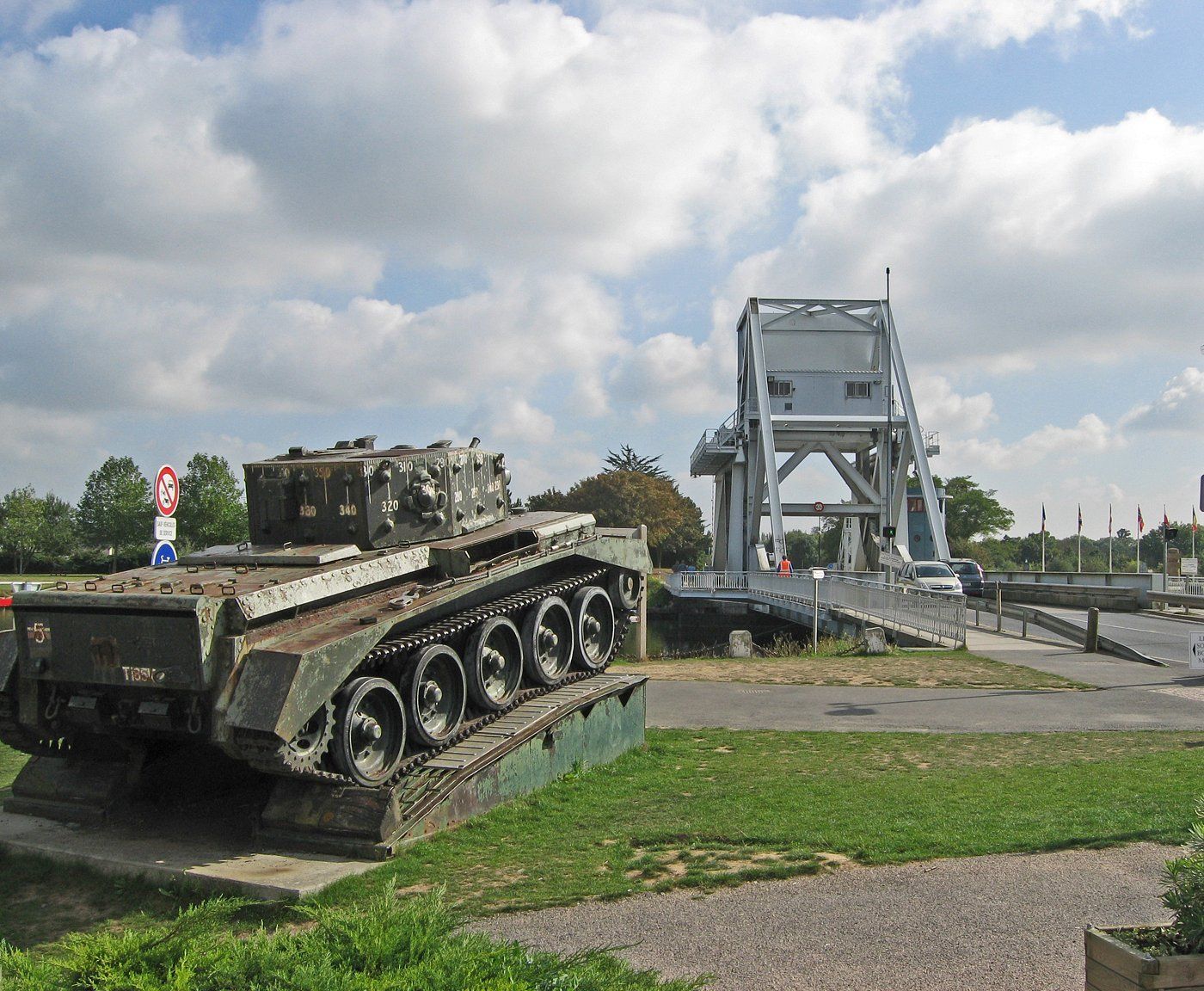Bernières-sur-Mer sits quietly along Normandy’s coastline, but don’t let its calm fool you—it’s loaded with historical significance. On June 6, 1944, Canadian troops from the 8th Infantry Brigade landed right here on Juno Beach, facing heavy German defenses in a pivotal moment of the D-Day invasion. Strolling this shoreline, where thousands of Allied soldiers fought, gives you a visceral sense of one of history’s most dramatic military operations.
The town blends its somber war memorials with the easygoing charm of a French coastal village. You’ll find several monuments honoring the Canadian forces who liberated Bernières. The Nan sector of Juno Beach, where the landings happened, is now a peaceful spot for reflection—and a chance to imagine the tactical challenges Allied troops faced.
Visit Recommended D-Day historic hotels and B&Bs along the invasion beaches.
Bernières-sur-Mer makes a great starting point for exploring the wider D-Day sites in Normandy. You can join personal guided tours through the beaches, battlefields, museums, and cemeteries that tell the story of this massive operation. It’s a place where history and the simple pleasures of the French coast come together.
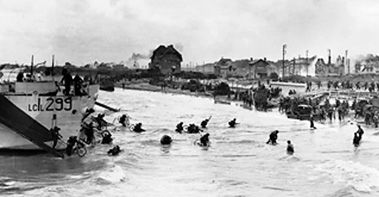
D-Day History of Bernières-sur-Mer
Bernières-sur-Mer played a major role in the Allied invasion of Normandy on June 6, 1944. This small town was among the first French communities freed by Canadian forces during Operation Overlord.
Role in Operation Overlord
Bernières-sur-Mer was part of Juno Beach, one of five landing sites in the D-Day plan. The Allies saw it as strategically important because it offered access to inland routes toward Caen, a crucial target. The Queen’s Own Rifles of Canada had the job of capturing this sector.
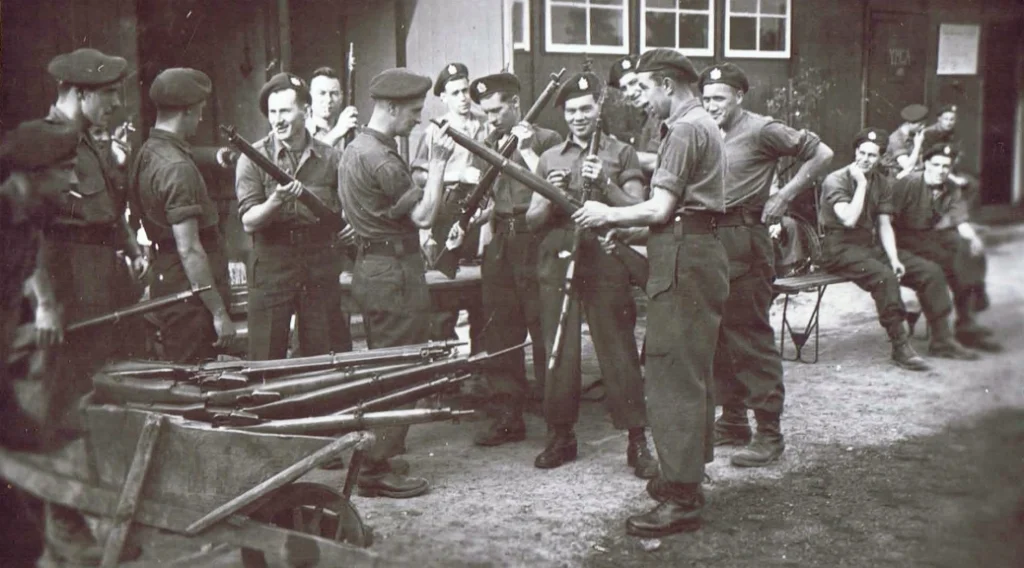
The beachfront bristled with German defenses—concrete bunkers, machine gun nests, and obstacles meant to trap landing craft. Unlike some beaches, Bernières had a high seawall that troops needed to get over after landing.
Canadian planners picked this area for its gentle beach gradient, which suited landing craft. Plus, the town’s roads could help move troops and supplies inland quickly once secured.
Landing Beaches and Juno Beach
Juno Beach ran about 5 miles (8 km) along Normandy’s coast, with Bernières-sur-Mer roughly at its center. The beach split into sections called “Mike,” “Nan,” and “Love”—Bernières was in the “Nan” sector.
The Canadian assault force included:
- The Queen’s Own Rifles of Canada
- Le Régiment de la Chaudière
- The North Shore Regiment
- The 7th Brigade
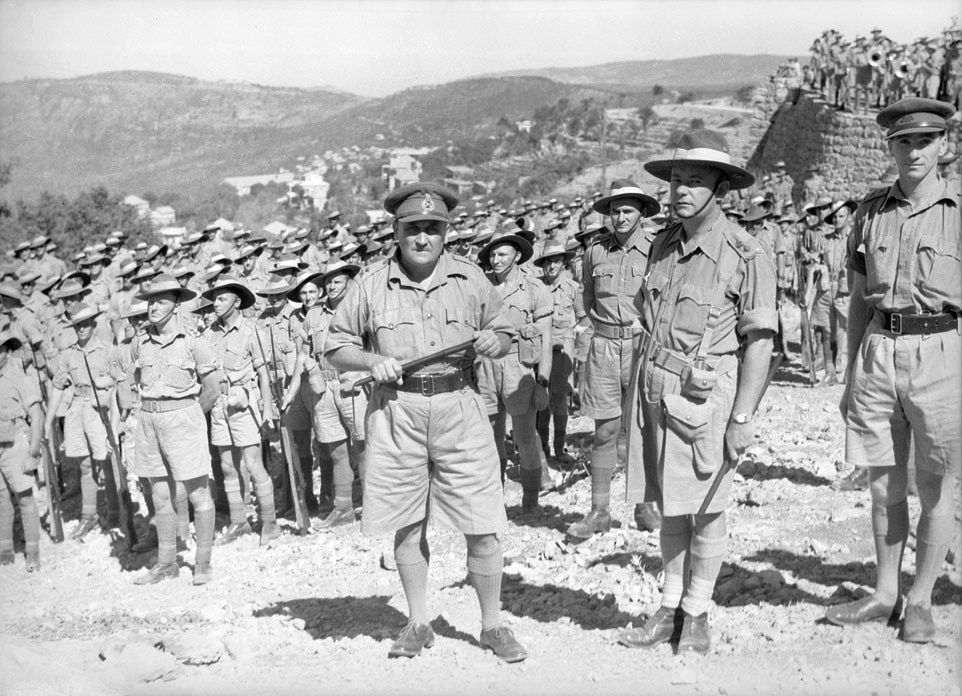
Specialized vehicles landed here too, such as:
- DD (Duplex Drive) tanks—amphibious tanks that swam ashore
- AVRE vehicles—tanks modified to clear obstacles
- Landing craft with infantry and supplies
The beach at Bernières was about 200 yards wide at low tide, with a seawall ranging from 4 to 12 feet high—a real challenge for troops under fire.
June 6, 1944 Events
At 7:35 AM on June 6, 1944, The Queen’s Own Rifles of Canada landed at Bernières-sur-Mer and ran straight into heavy machine gun fire. Their landing craft reached the seawall during rising tide, so they had little beach to cross—but that put them in the direct line of German fire.
The first wave took heavy casualties—almost half of the leading companies were killed or wounded in the first minutes. Even so, Canadian troops managed to get over the seawall and push into the town.
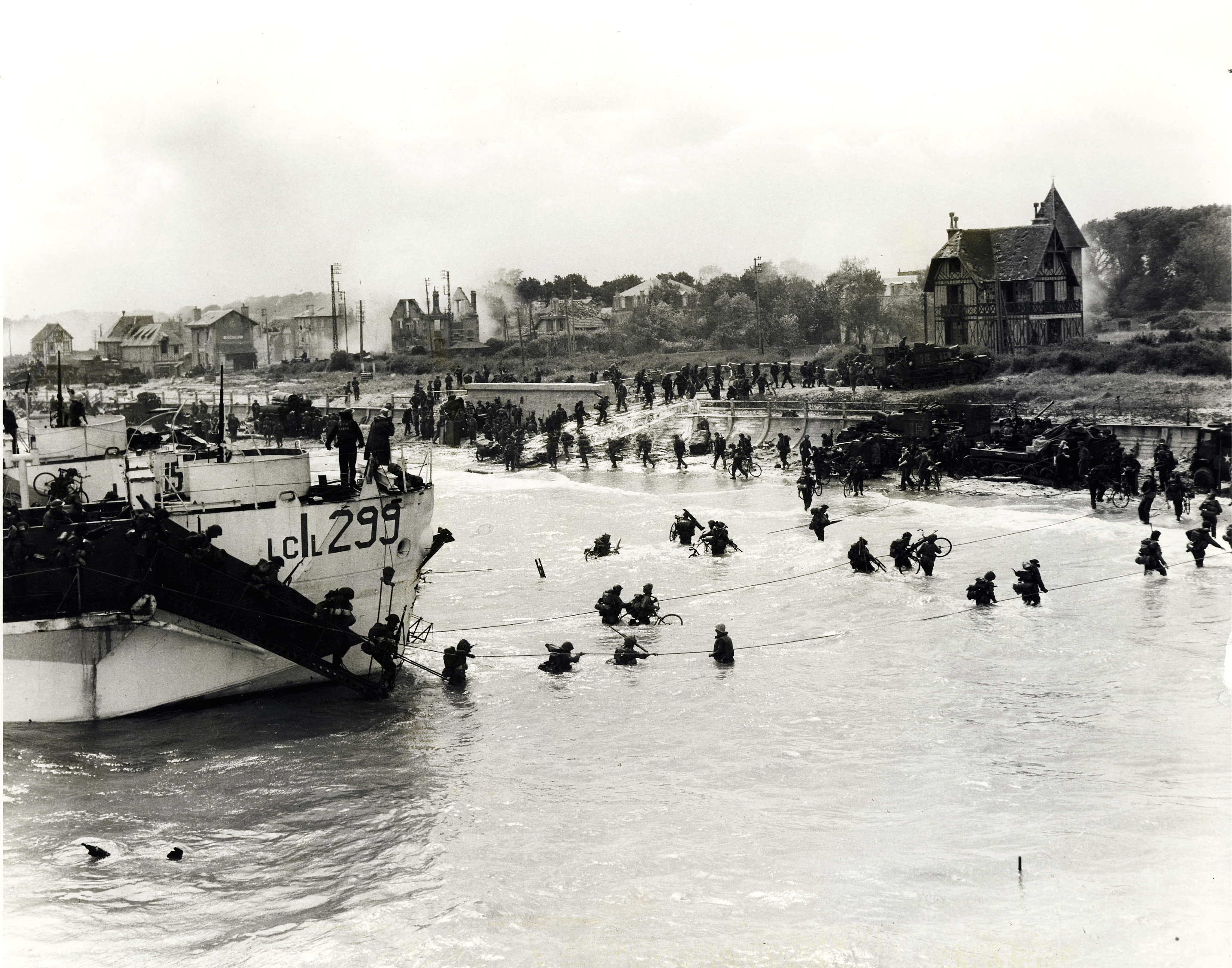
By 8:30 AM, they’d secured the beachhead and moved into Bernières, fighting house to house to clear out German defenders. A now-famous red-brick house on the beach (called “Canada House”) became both an aid station and a strongpoint.
By mid-afternoon, Canadian troops had advanced nearly 7 miles inland—farther than any other Allied force that day. Bernières-sur-Mer was one of the first French towns to be liberated in the Battle of Normandy.
Important D-Day Sites and Memorials
Bernières-sur-Mer is home to several key D-Day landmarks honoring the Canadian soldiers who landed here on June 6, 1944. These sites help keep the memory alive of those who fought and died during this turning point in WWII.
Juno Beach Centre
The Juno Beach Centre is the main Canadian museum and memorial in Normandy. It sits in Courseulles-sur-Mer, just west of Bernières, and opened in 2003. The museum tells the story of Canada’s military and civilian role during the war.
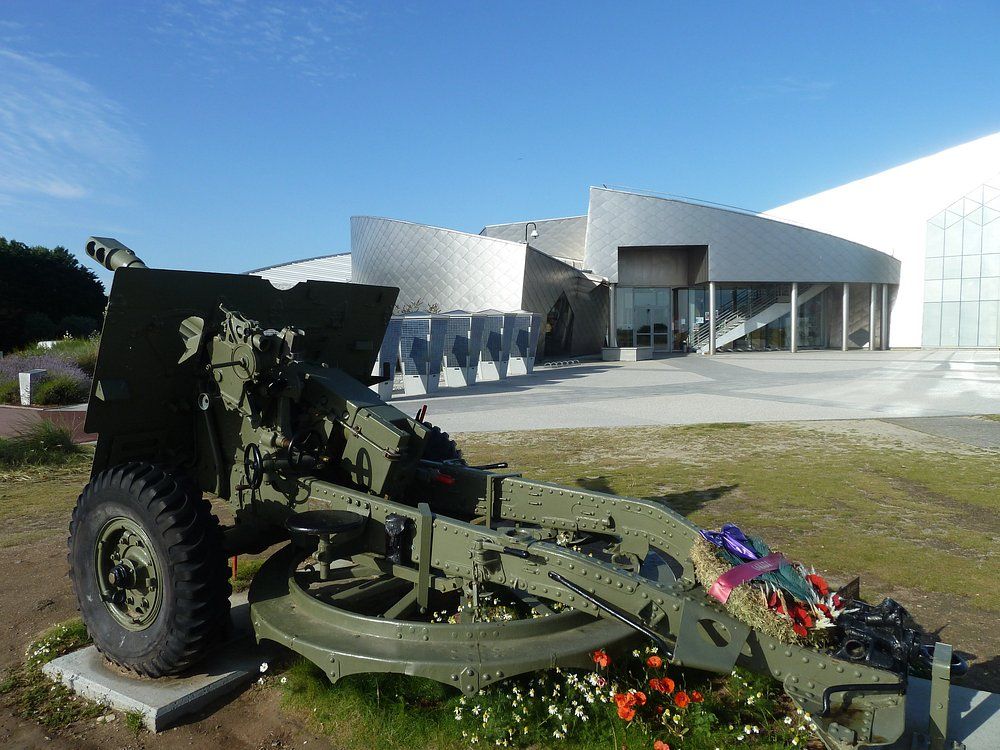
Inside, you’ll find interactive exhibits, personal stories, artifacts, and films documenting the Canadian experience. The center covers more than just D-Day—it looks at Canada’s whole war effort.
Outside, original bunkers and beach defenses are still visible. Guided tours walk you through these German positions and give you a sense of what soldiers faced.
The center charges admission, but it’s worth it. Hours change with the season, so check their website before you go.
Canadian War Cemetery
The Bény-sur-Mer Canadian War Cemetery is about 4 kilometers south of Bernières. It’s a peaceful, beautifully kept place with the graves of 2,049 Canadian soldiers who died during the early Normandy campaign.
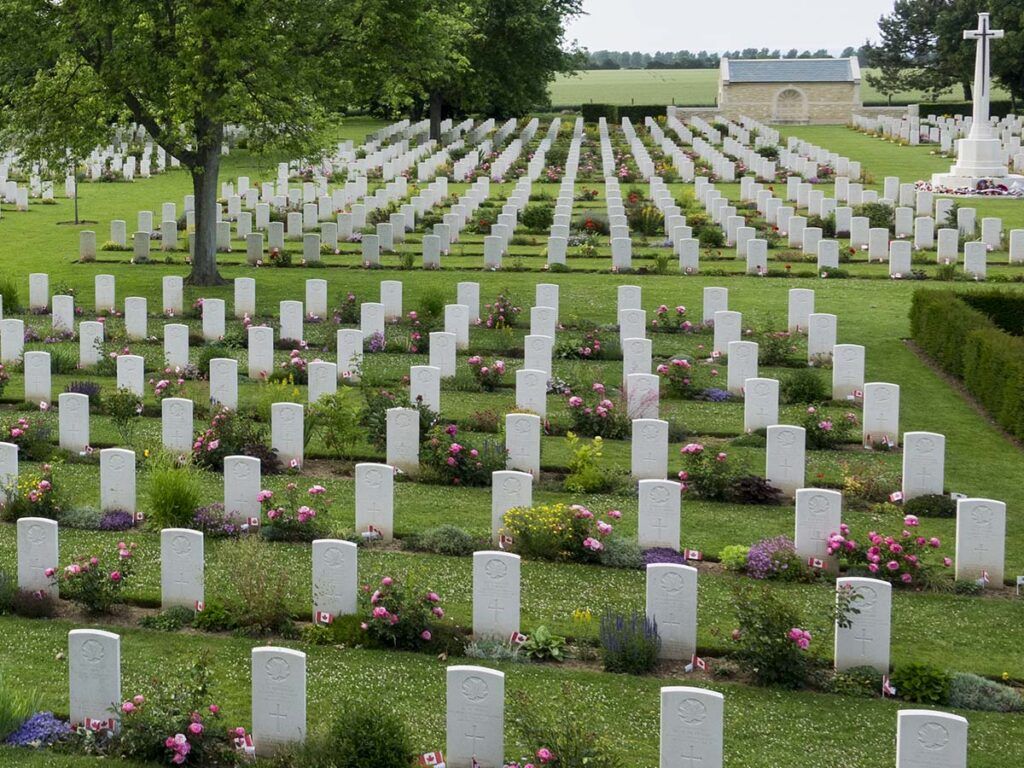
The Commonwealth War Graves Commission maintains the cemetery. White headstones line up in neat rows on green lawns. Each one lists the name, rank, unit, date of death, and age of the fallen. Some were just 17 years old.
Most buried here died on D-Day or in the days just after. There’s a small visitor center with info about the soldiers. The cemetery is open every day, and there’s no charge.
Memorials in Bernières-sur-Mer
Within Bernières-sur-Mer, several memorials mark D-Day locations. The most famous is “La Maison des Canadiens” (“The House of the Canadians”), a distinctive beachfront home with a red roof.
This house was among the first buildings liberated on D-Day. Now, it houses a small museum with photos and artifacts from June 6, 1944. The Canadian flag waves proudly outside.
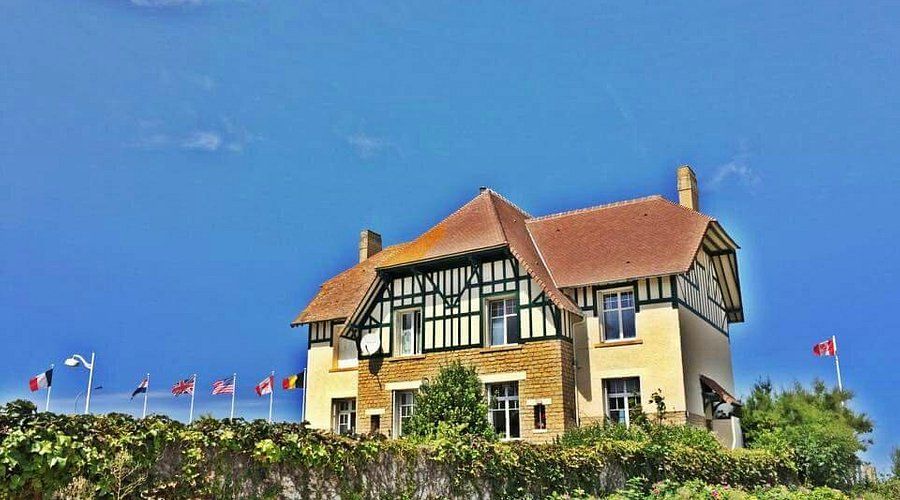
Near the beach, there’s a monument honoring the Queen’s Own Rifles of Canada, who suffered heavy losses here.
A seafront walking path features info panels describing D-Day events, with historic photos and today’s views side by side. It’s a striking before-and-after.
The tourist office has free maps marking all the memorials in town.
Stay steps from Omaha Beach and historic landmarks. Best rates on local accommodations.
Nearby Normandy D-Day Landmarks
Bernières-sur-Mer is a great base for exploring the D-Day beaches and monuments across Normandy. Several major sites are an easy drive away and offer powerful reminders of the June 6, 1944 invasion.
Omaha Beach and American Cemetery
Omaha Beach was one of the bloodiest landing sites. American troops faced steep cliffs and fierce German defenses, resulting in terrible casualties. Today, the beach is wide and peaceful, which makes the history feel even heavier.
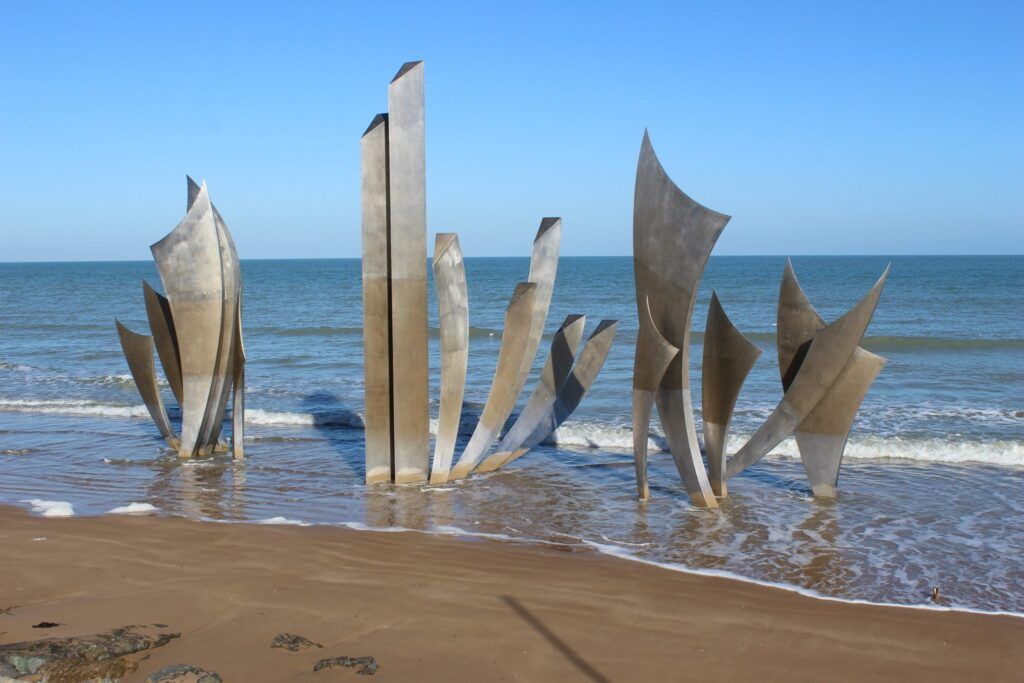
The American Cemetery at Colleville-sur-Mer sits above Omaha Beach. Nearly 10,000 white marble crosses and Stars of David mark the resting places of American soldiers. The cemetery features:
- A memorial chapel
- A Garden of the Missing with 1,557 names
- A visitor center with D-Day exhibits
The cemetery is open daily from 9 AM to 5 PM, with longer hours in summer. Give yourself at least an hour or two to take it all in.
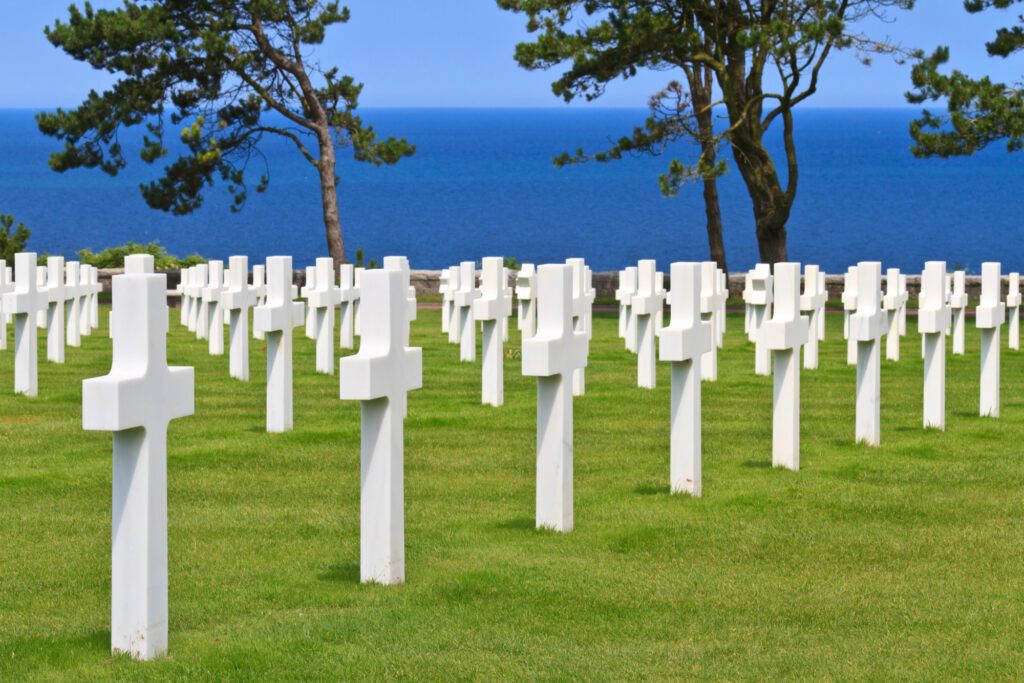
Utah Beach and Museums
Utah Beach was the westernmost landing site. American forces met less resistance here than at Omaha, though they landed about a mile off target.
The Utah Beach Museum offers detailed exhibits on the planning and execution of the landings. Highlights include:
- An original B-26 Marauder bomber
- Landing craft and equipment displays
- Personal stories from the soldiers
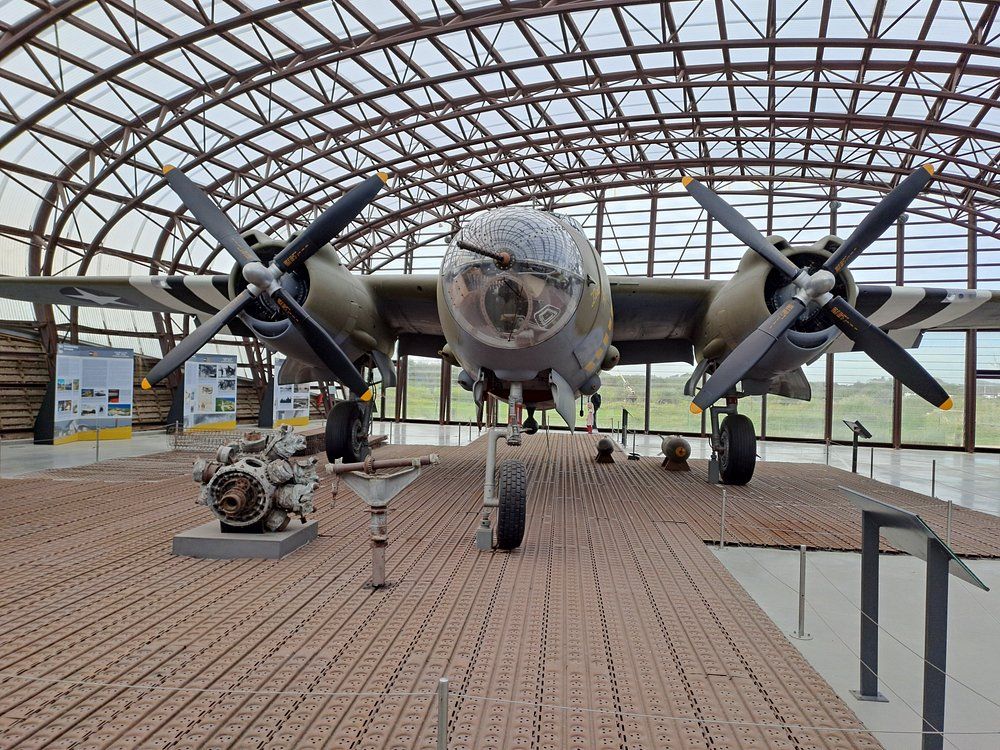
From Utah Beach, you can head to Cherbourg, a port city the Allies captured after the landings. Driving from Bernières-sur-Mer to Utah Beach takes about 1.5 hours.
Pegasus Bridge and Airborne Museum
Pegasus Bridge was taken in the early hours of D-Day by British airborne troops in a daring glider assault. This secured a vital crossing over the Caen Canal.
Now, you can visit the Pegasus Memorial Museum, which displays the original bridge and tells the airborne story. The nearby Café Gondrée claims to be the first building liberated and still welcomes visitors.
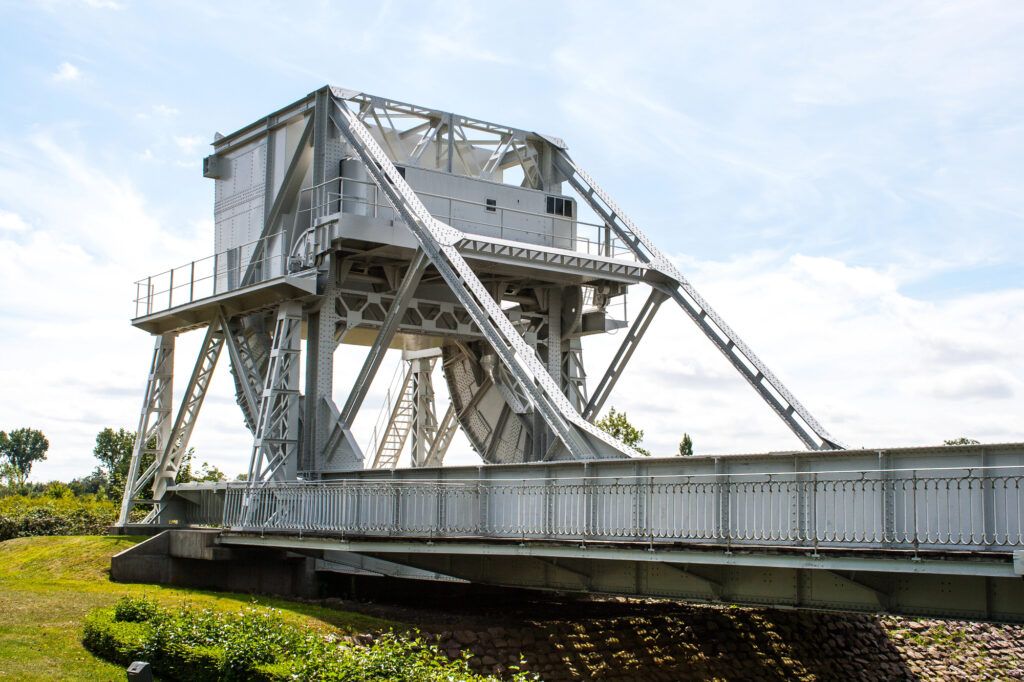
In Sainte-Mère-Église, the Airborne Museum covers the American paratroopers’ landings the night before D-Day. The museum has real aircraft and interactive displays that let you experience the paratrooper’s perspective.
Pointe du Hoc
Pointe du Hoc has dramatic 100-foot cliffs between Utah and Omaha beaches. US Army Rangers climbed these cliffs under fire to destroy German artillery threatening both beaches.
The site is still pocked with bomb craters and shattered bunkers. You can walk through the bunkers and observation posts, seeing the battlefield much as it looked after the fight.
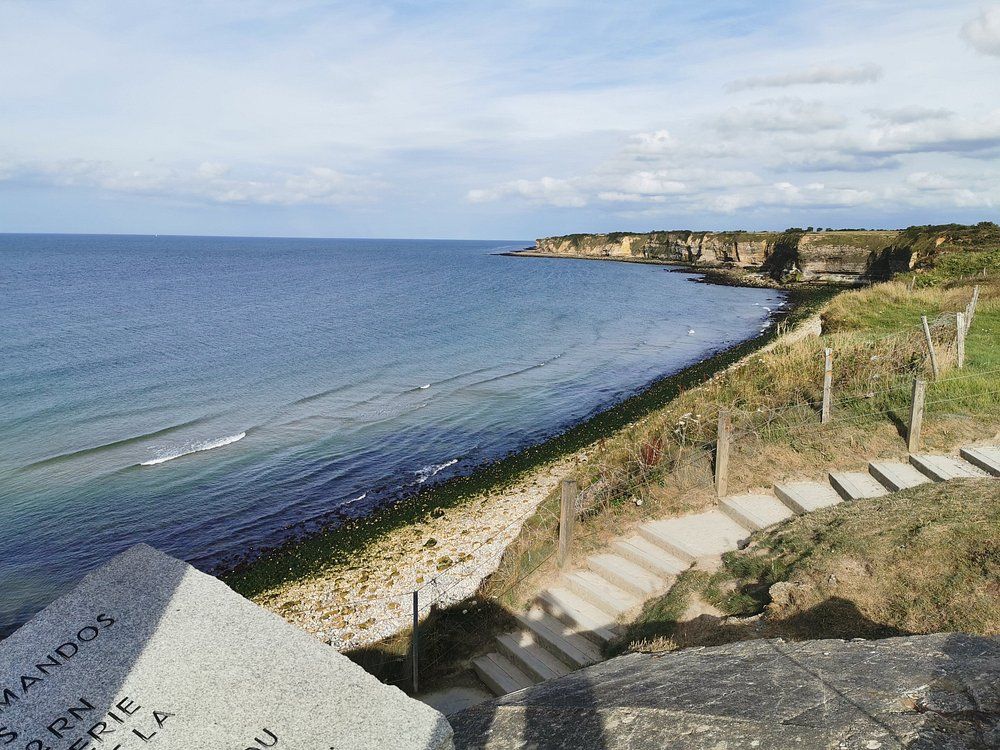
A modern visitor center explains the Rangers’ mission and its importance. The coastal views are stunning and make the site’s strategic value obvious.
Plan for about an hour to explore. The ground is rough, so sturdy shoes are a good idea.
Find the perfect base for exploring Utah Beach, Pointe du Hoc, and beyond.
Visiting Bernières-sur-Mer Today
Bernières-sur-Mer welcomes visitors with a mix of historical weight and easygoing coastal life. The town offers beach activities, war memorials, local cuisine, and places to stay—so it’s worth hanging around after you’ve seen the D-Day sites.
See available accommodations in Bernières-sur-Mer.
Coastal Attractions and Seaside Activities
Juno Beach runs along Bernières-sur-Mer, offering a calm setting that’s a world away from its wartime past. You can walk the same sands where Canadian troops landed, now a quiet beach perfect for unwinding.
The seafront promenade has great views of the English Channel. Many folks enjoy walking tours that blend history with the sea air.
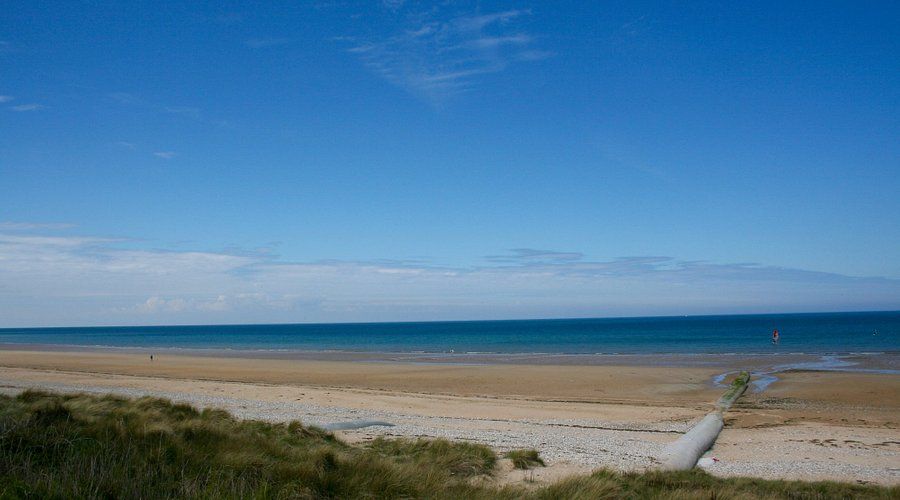
Summer brings water activities—swimming, sailing, windsurfing—if the weather’s on your side.
Canada House, with its red roof, stands out from the beach. It was one of the first buildings freed by Canadian forces and now serves as a museum and memorial. Don’t skip it.
Beach access is free and well-kept, with lifeguards during peak season (June-August).
See available accommodations in Bernières-sur-Mer.
Local Dining and Accommodation
Fresh seafood rules the menus in Bernières-sur-Mer. Small restaurants on the main streets serve Norman classics—moules-frites (mussels and fries), apple desserts, and more.
Try the local cider and calvados (apple brandy)—Normandy is famous for these. Many spots offer tastings with regional cheeses.
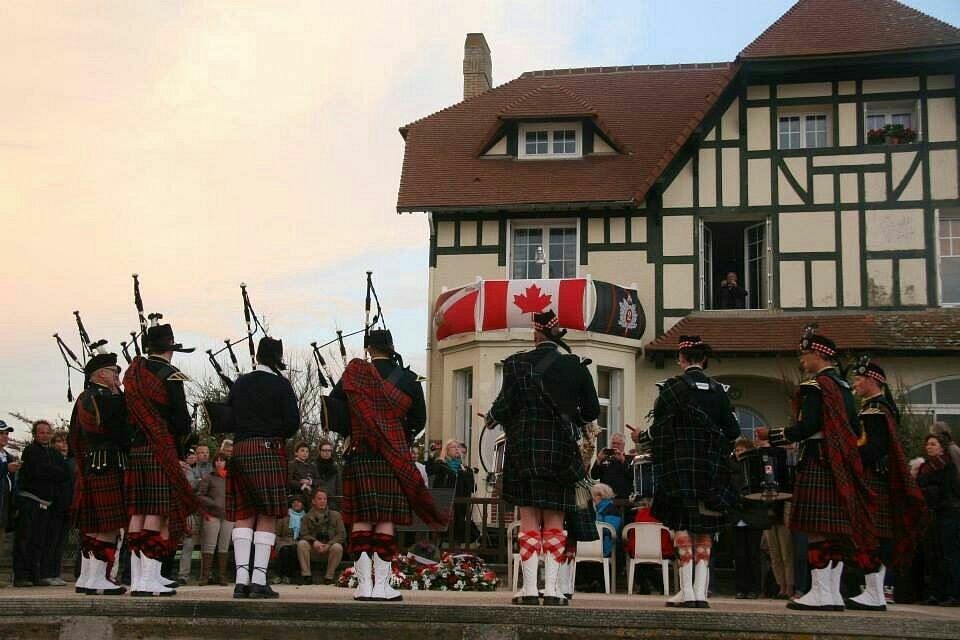
Where to stay? You’ve got options:
- Beachfront B&Bs (often in historic houses)
- Vacation rentals (good for families)
- Small hotels close to the sights
Book ahead in summer or around the D-Day anniversary in June—it gets busy. Most places are family-run, so you get personal service and local tips.
See available accommodations in Bernières-sur-Mer.
Present-Day Town Life
Bernières-sur-Mer is still a working coastal town, not just a tourist stop. The center has a traditional Norman church, little shops, and a weekly market (Thursdays) where you can pick up local produce and crafts.
The population swells in summer, then quiets down in winter. This seasonal rhythm means some businesses close in the off-season.
Community events blend local tradition with international ties, especially with Canada. The annual D-Day commemorations attract veterans and families from far away.
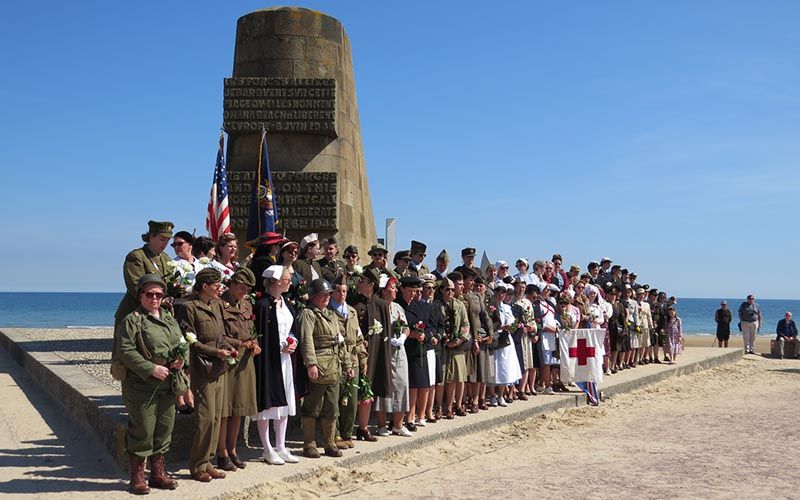
If you like architecture, you’ll spot a mix of old Norman buildings and postwar reconstruction. Many houses keep their regional style, despite damage from the war.
Locals are generally friendly and happy to share stories—whether about the war or everyday life in this corner of Normandy.
Find comfortable stays within moments of historic battlegrounds
Planning Your D-Day Tour
To get the most out of the D-Day sites near Bernières-sur-Mer, a bit of planning goes a long way. You can choose between expert-led tours or exploring on your own.
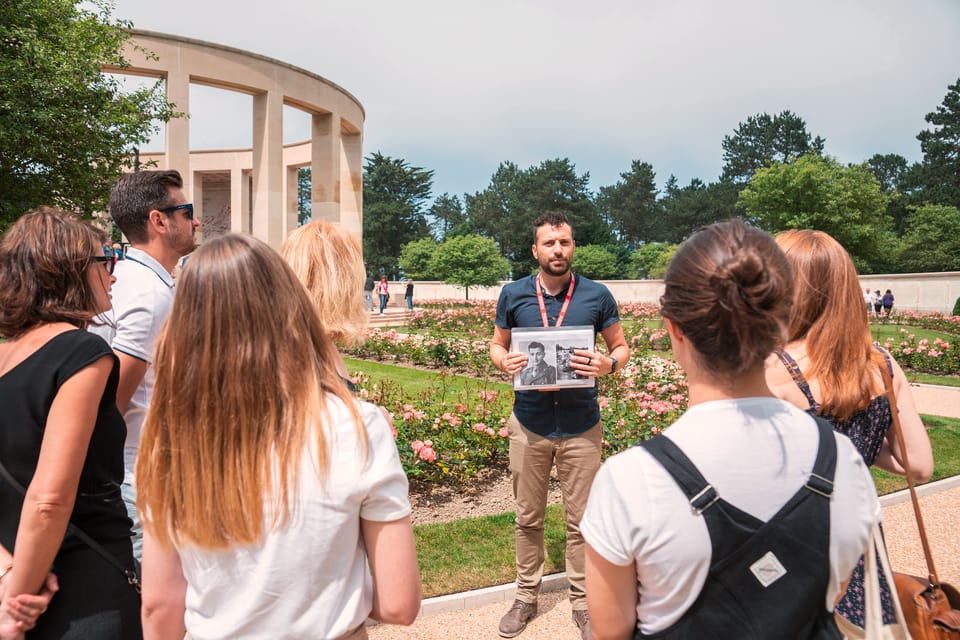
Guided Tour and Private Tour Options
Licensed guides bring the D-Day beaches to life with stories and context you’d probably miss otherwise. Normandy has plenty of tour companies with guides who know military history inside out and can shape the day to your interests.
Private tours give you flexibility. Companies like “We Love Normandy” have driver-guides who’ll take you straight to the important places. Tours often cover:
- Juno Beach (Canadian landing site)
- The Canadian war cemetery
- Key battlefields
- Local museums
Expect to pay €300-500 per day for a private guide, depending on group size and length. Most tours run 4-8 hours and include hotel pickup.
Recommended D-Day Tours:
- American D-Day Sites in Normandy Full-Day Tour
- American D-Day Sites in Normandy Half-Day Tour
- Half-Day Normandy WWII Sidecar Tour
- Full-Day US Battlefields of Normandy Tour
Self-Guided Itineraries
Prefer to wander at your own pace? Self-guided tours are easy to set up. Start at the Juno Beach Centre to get the background on the Canadian landings right at Bernières-sur-Mer.
Must-see stops for a self-guided day:
- Juno Beach Centre and Canada House
- Military bunkers along the shore
- Bény-sur-Mer Canadian War Cemetery
- Other local memorials
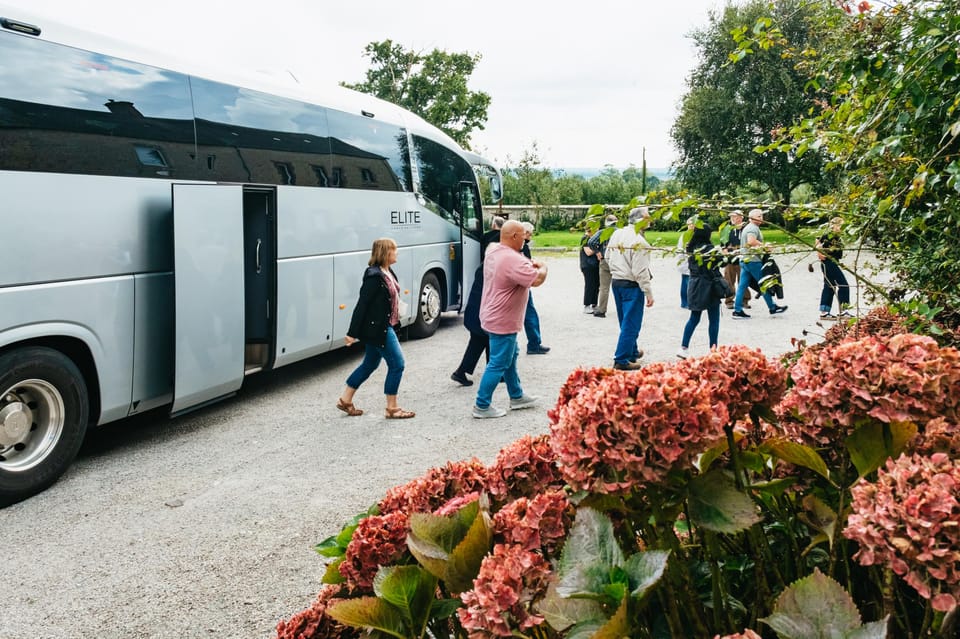
Grab a visitor’s guide from the tourist office for maps and history. These guides point out major sites and suggest routes.
Give yourself a full day to see Bernières-sur-Mer and surroundings. Having your own car makes things much easier.
Transportation from Paris and Caen
From Paris, trains to Caen take about 2 hours and cost €25-45 each way. Once in Caen, you can:
- Rent a car (best for flexibility)
- Catch bus line 3 to Courseulles-sur-Mer, then transfer locally
- Join organized tours leaving from Caen
It’s about 20 kilometers, or 25 minutes by car, from Caen to Bernières-sur-Mer. Some tour companies offer direct Paris pickups, but it’s pricier (€150-200 per person).
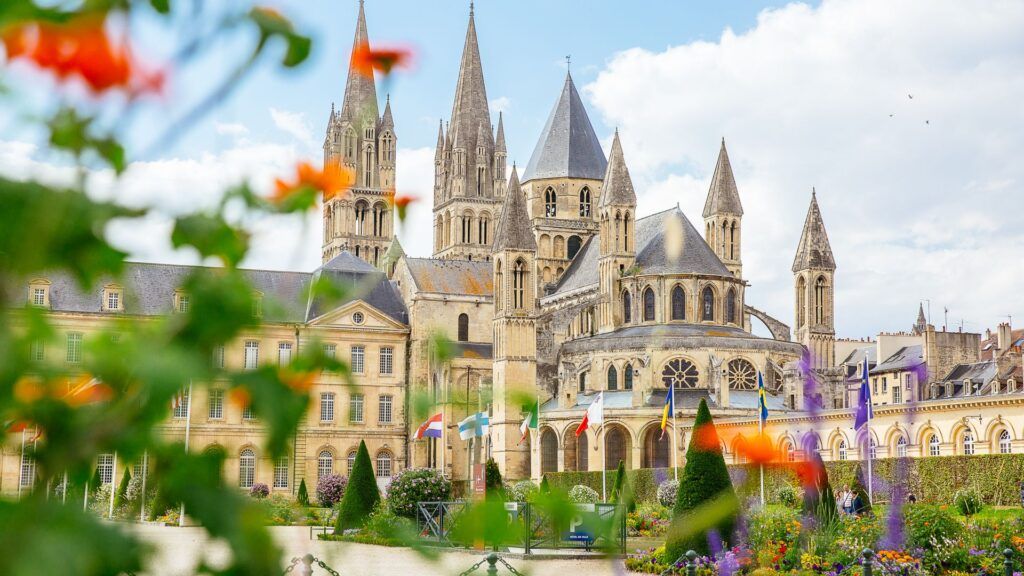
Public transport works, but it’s slower and limits how many sites you can visit in a day. Staying in Caen or Bernières-sur-Mer itself lets you make the most of your time on the beaches.
See available accommodations in Bernières-sur-Mer.
WWII Impact on the Local Community
Bernières-sur-Mer went through huge changes during WWII, from German occupation to liberation by Canadian troops on D-Day. The war reshaped both the landscape and the community’s spirit.
Stories of the French Resistance
German troops occupied Bernières-sur-Mer in June 1940. Locals quietly built resistance networks, passing word about German movements along the coast.
Some families risked everything to hide downed Allied pilots. The Moreau family’s bakery doubled as a message hub, with coded notes tucked inside bread loaves. Getting caught would have meant disaster.
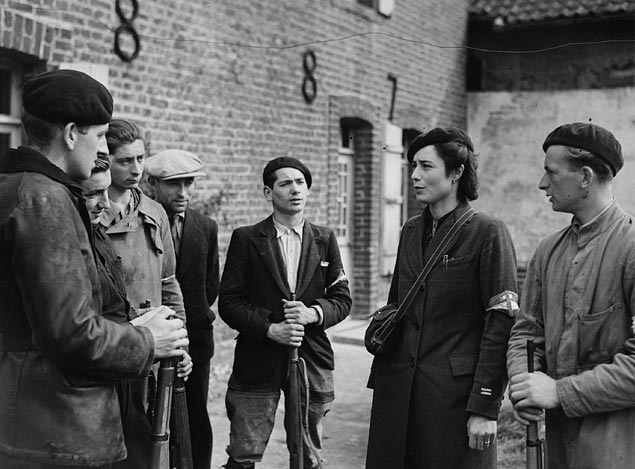
Women played a big part in the resistance. Madame Leclerc, the postmistress, intercepted German messages while pretending to cooperate. Youngsters zipped between villages as bicycle couriers, carrying notes for resistance cells.
The resistance gathered intelligence on German defenses that helped the Allies succeed on D-Day.
Reconstruction After WWII
The Queen’s Own Rifles of Canada liberated Bernières-sur-Mer on D-Day, starting the town’s recovery. The invasion and fighting damaged much of the seafront.
Naval bombardment destroyed many buildings. Canadian soldiers helped locals clear rubble and set up temporary shelters right after liberation.
Food shortages dragged on into 1945. Relief supplies from Canada forged lasting bonds between Bernières and its liberators. Some Canadian veterans even came back to help rebuild.
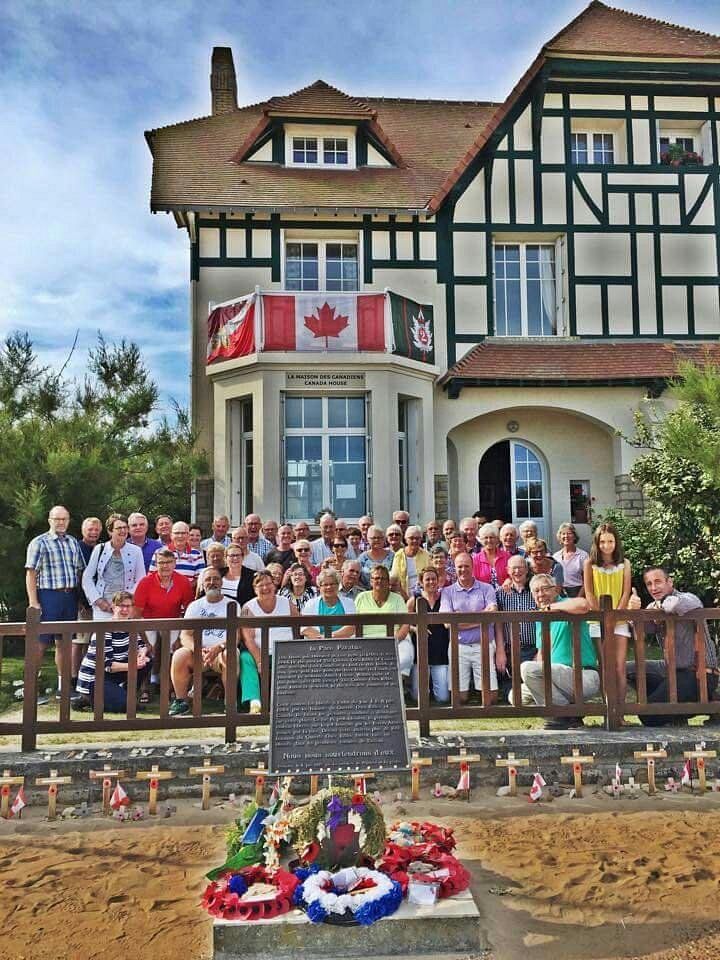
Reconstruction aimed to preserve the town’s Norman character while updating facilities. The historic church was restored by 1950. New homes kept traditional styles.
By 1952, the fishing fleet was back in business, helping the local economy recover. Today, memorial plaques around Bernières honor both resistance members and Canadian liberators who changed the town’s story forever.
Additional Attractions Near Bernières-sur-Mer
While you’re exploring the D-Day sites near Bernières-sur-Mer, you might want to check out a few other spots nearby. They offer more WWII history and a taste of Normandy’s rich culture.
Bayeux and the Bayeux Tapestry
Bayeux, just a half-hour from Bernières-sur-Mer, made it through WWII mostly unharmed. Its medieval streets feel worlds apart from the nearby beaches.
The main draw is the Bayeux Tapestry, a 70-meter embroidery showing William the Conqueror’s 1066 invasion of England. It’s a UNESCO treasure, and the museum has audio guides that make the story easy to follow.
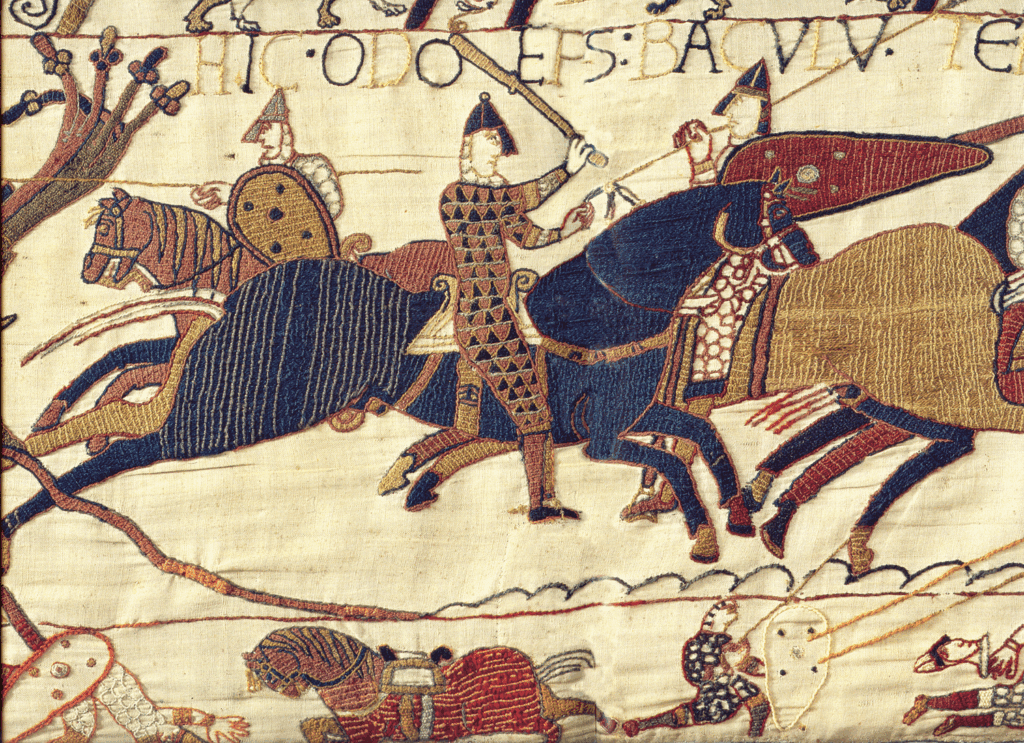
Bayeux also has the Museum of the Battle of Normandy, which sets the D-Day landings in context with artifacts, vehicles, and personal stories. The Commonwealth War Cemetery nearby holds over 4,000 Allied graves—a quiet place to reflect.
Caen Memorial Museum
The Caen Memorial Museum, about 20 minutes away, is one of Europe’s top WWII museums. Its exhibits cover the war’s causes, the Nazi occupation, and the Battle of Normandy.
You’ll find a mix of powerful artifacts and personal stories, helping you grasp both the strategy and the human cost. Interactive displays keep it engaging for all ages.
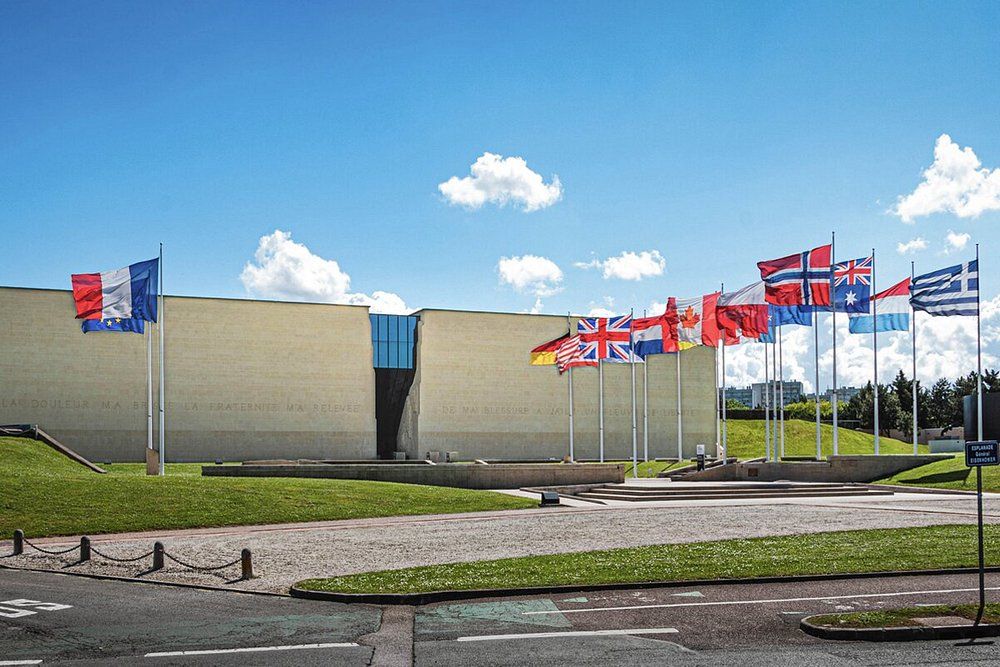
Most people spend 3-4 hours here, but you could lose yourself for a full day. The Garden of Peace outside offers a calm break from the war exhibits.
Recently, the museum added sections on the Cold War and peacekeeping, so the story doesn’t just stop in 1945.
Exploring Other Normandy Villages
Normandy’s countryside is dotted with villages that give you a taste of traditional rural life. Port-en-Bessin, a working fishing harbor, is great for seafood and watching colorful boats come in.
Arromanches-les-Bains, site of the remains of the Mulberry Harbor, has the Arromanches 360° cinema—nine screens surround you with archival footage for a really immersive D-Day experience.
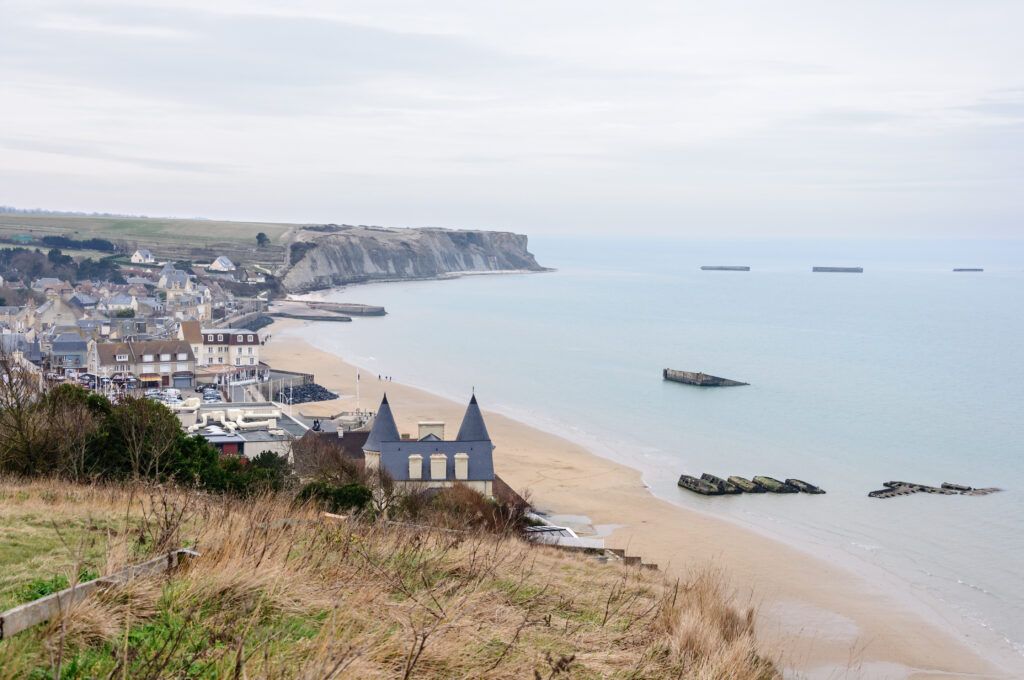
Further inland, Beuvron-en-Auge shows off classic half-timbered Norman houses. The central square, ringed by 17th-century buildings, hosts markets with local cider and cheese.
Plenty of smaller villages have their own WWII stories, with local monuments and museums run by residents who often share family tales from the occupation and liberation.
From beachfront hotels to authentic French countryside stays. No booking fees.

